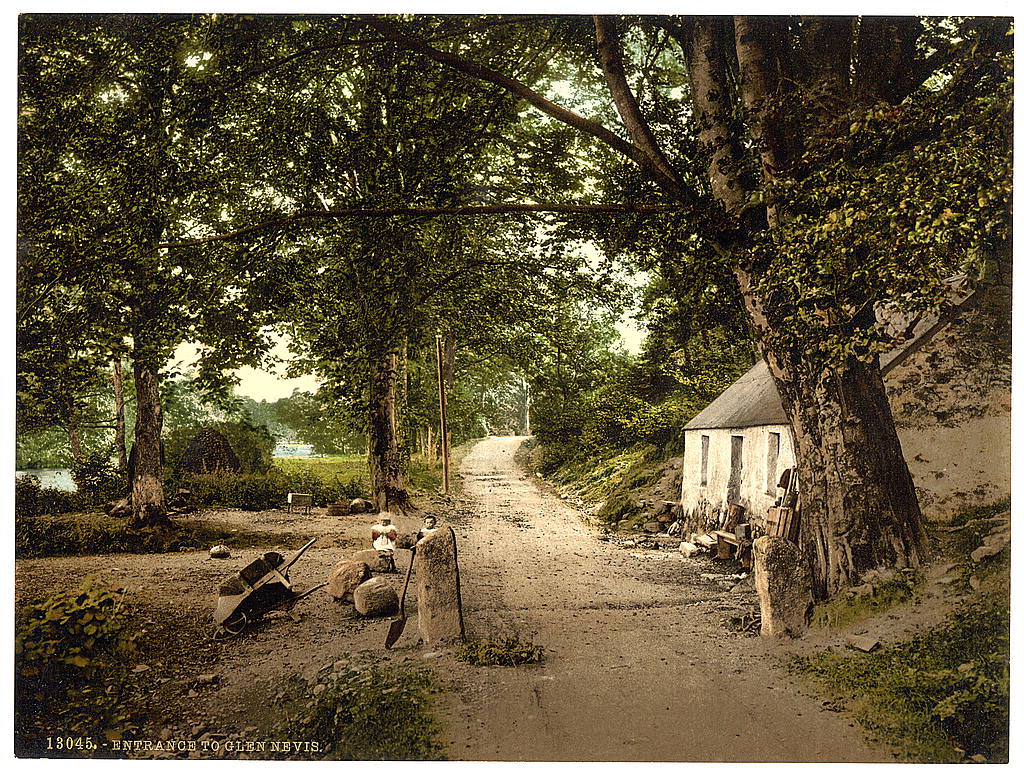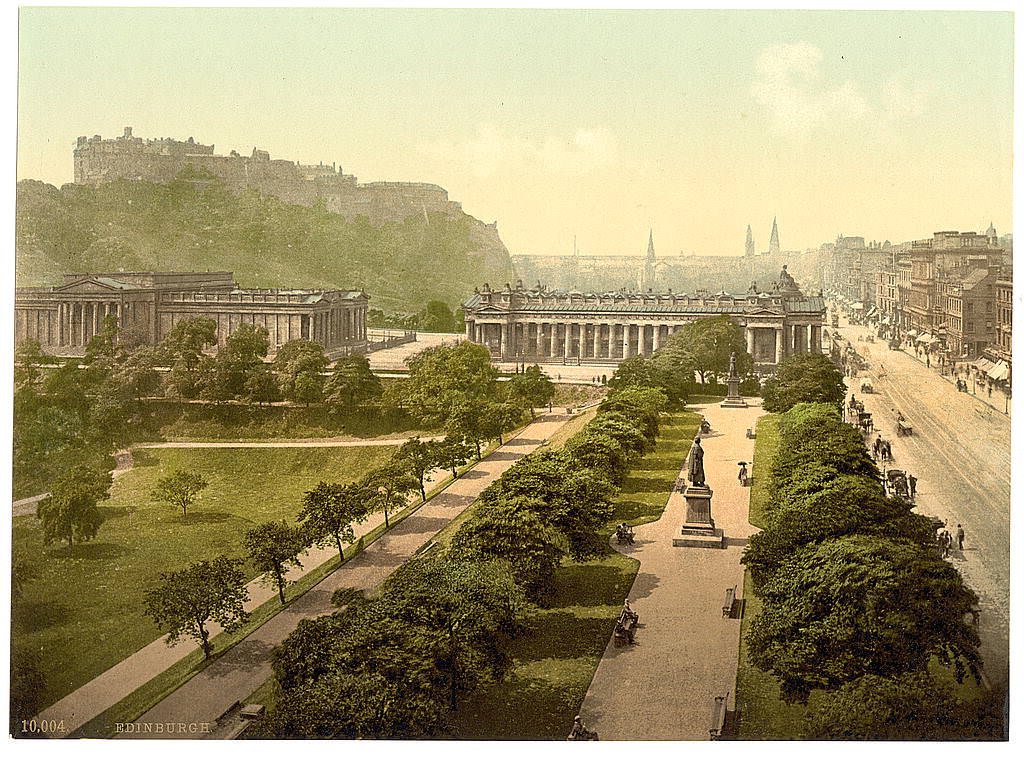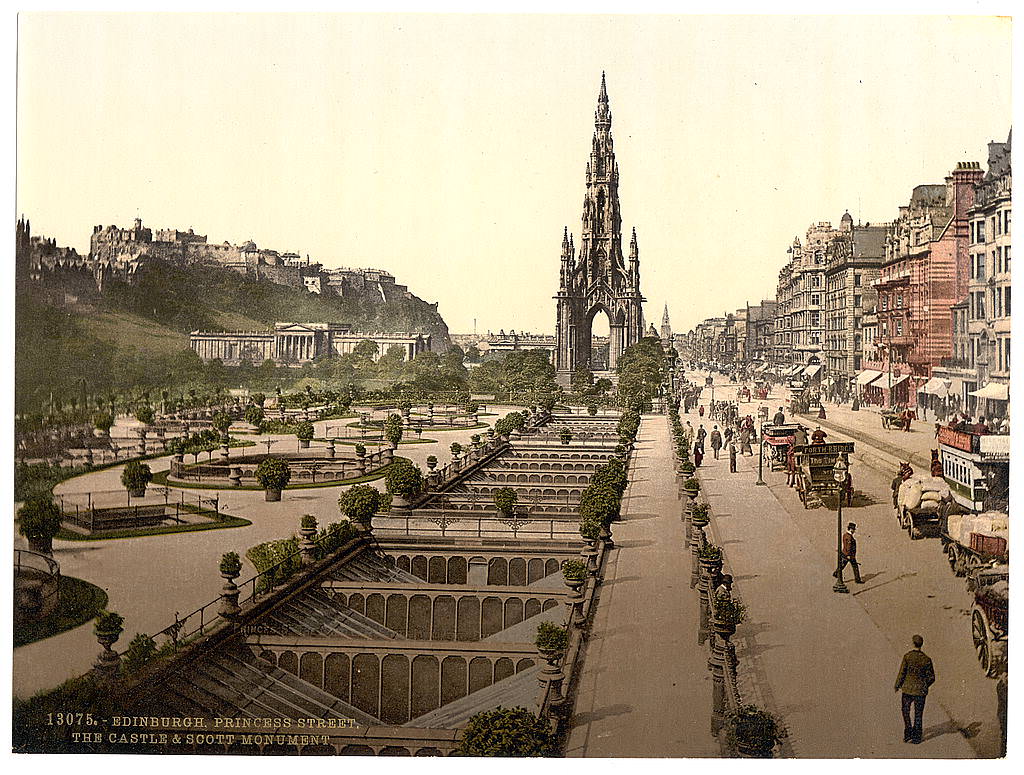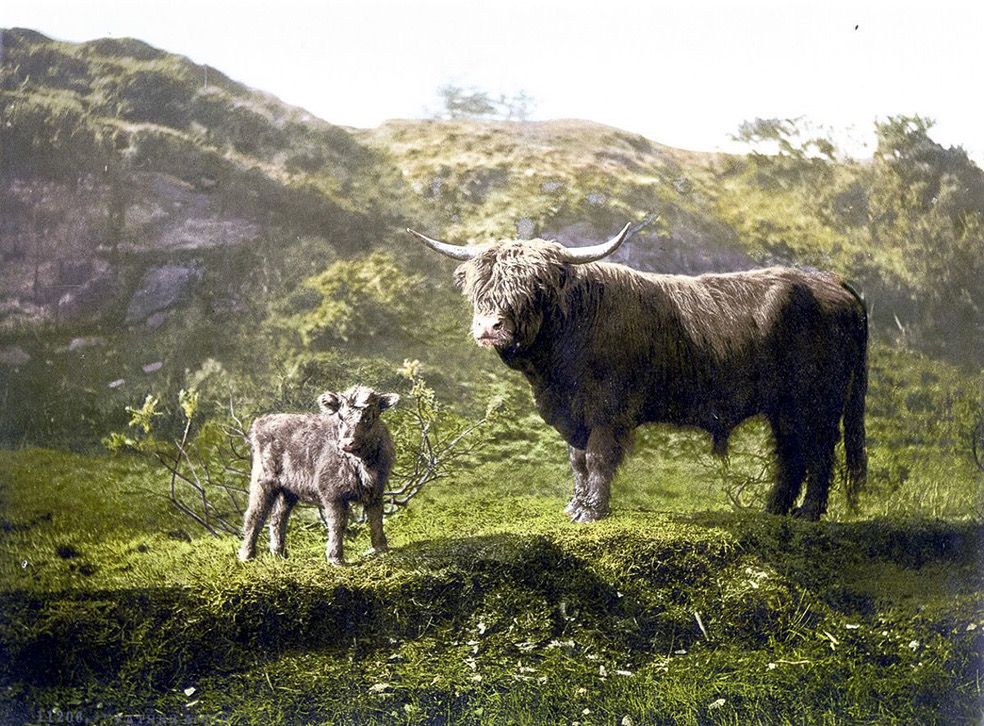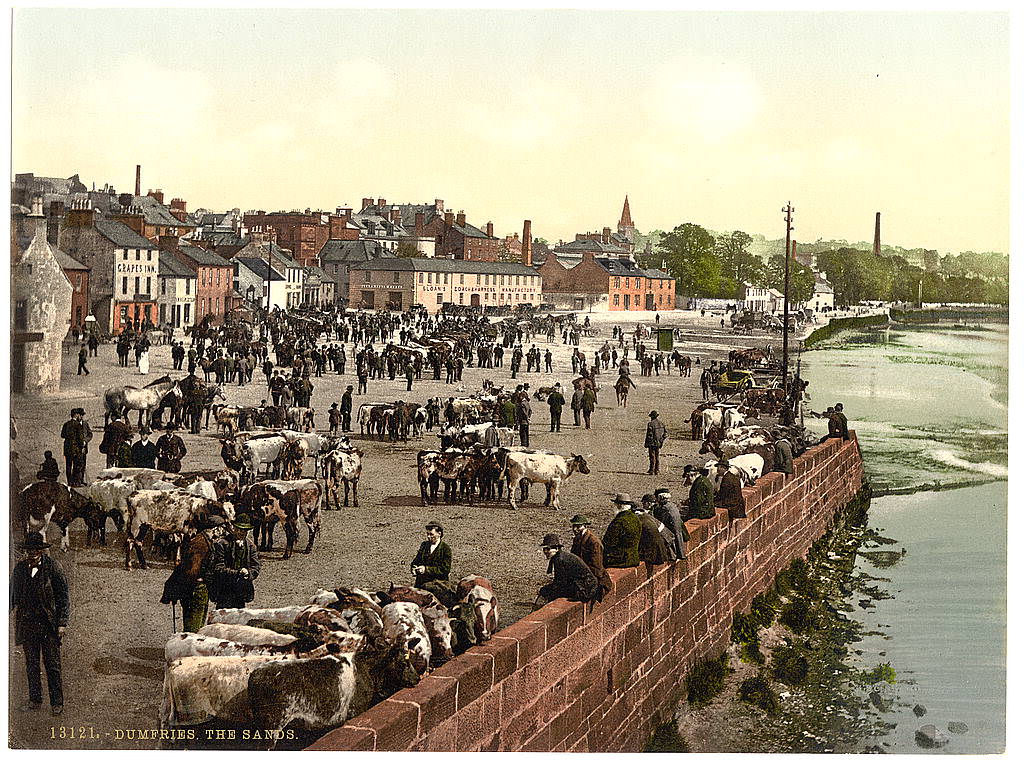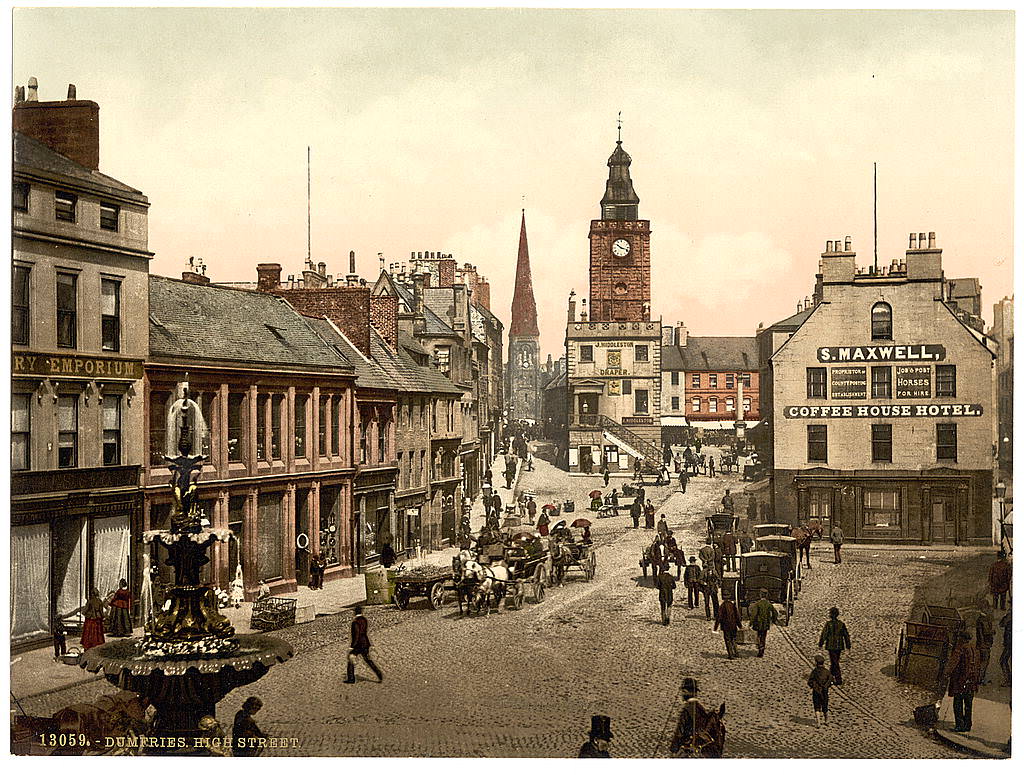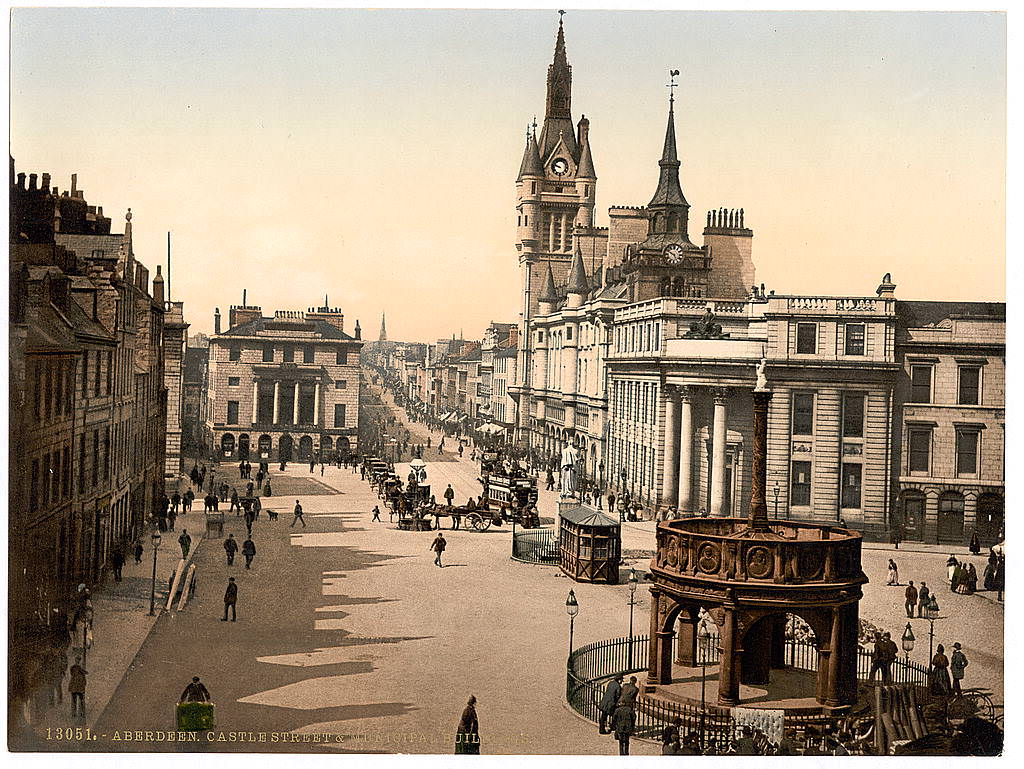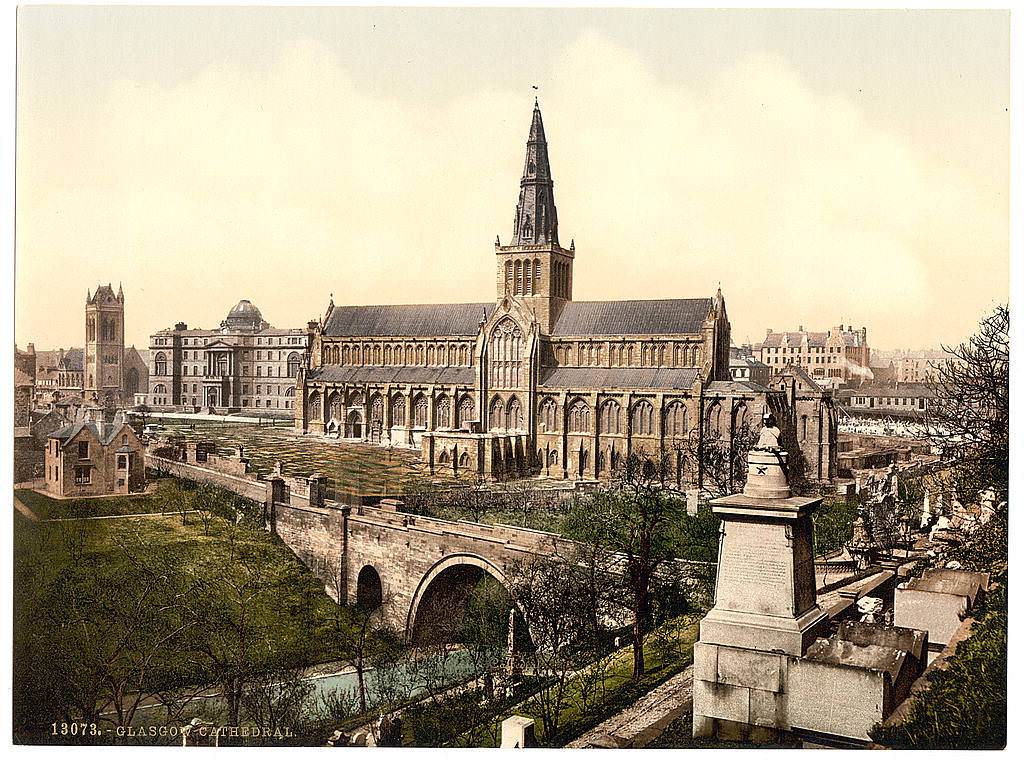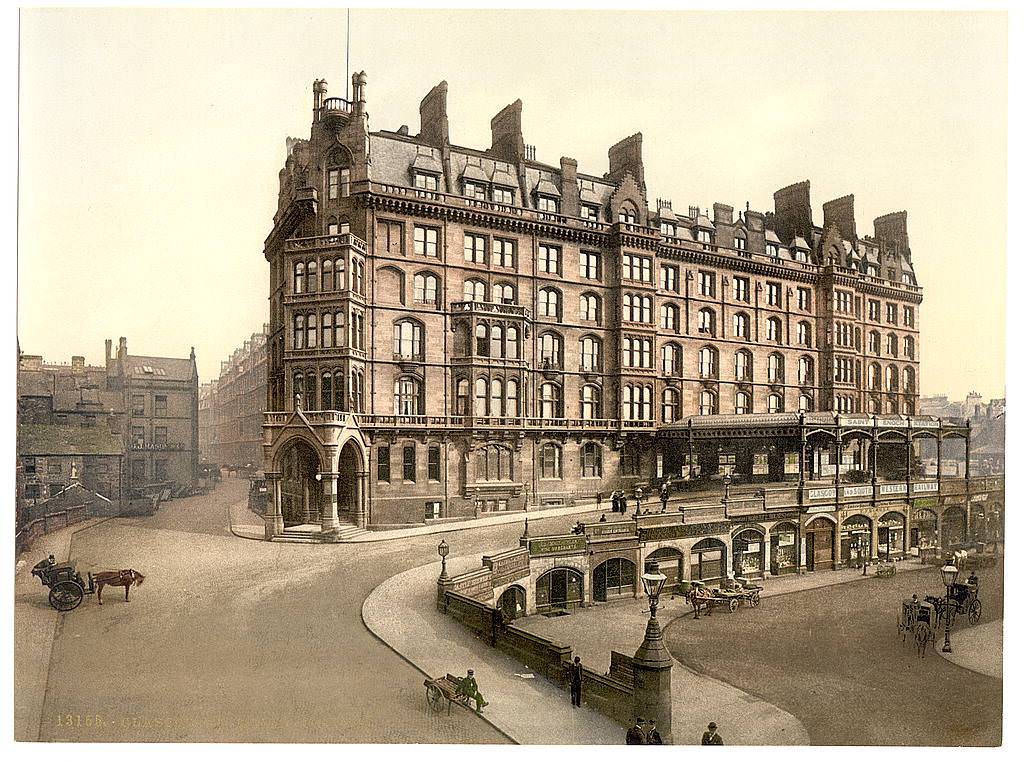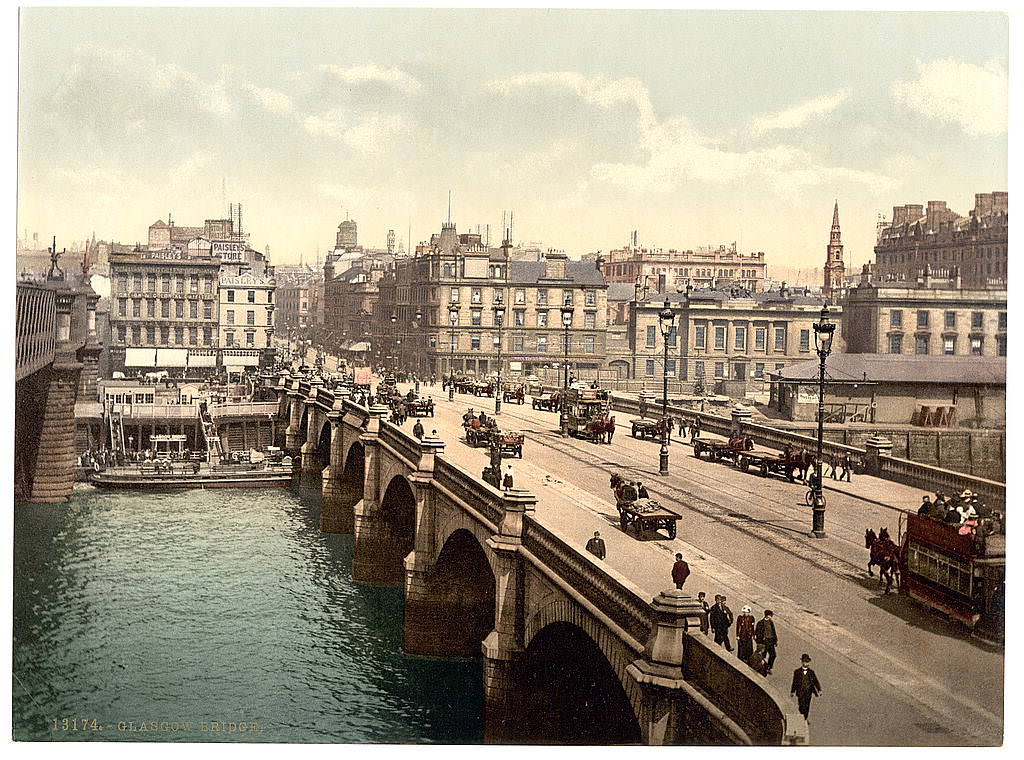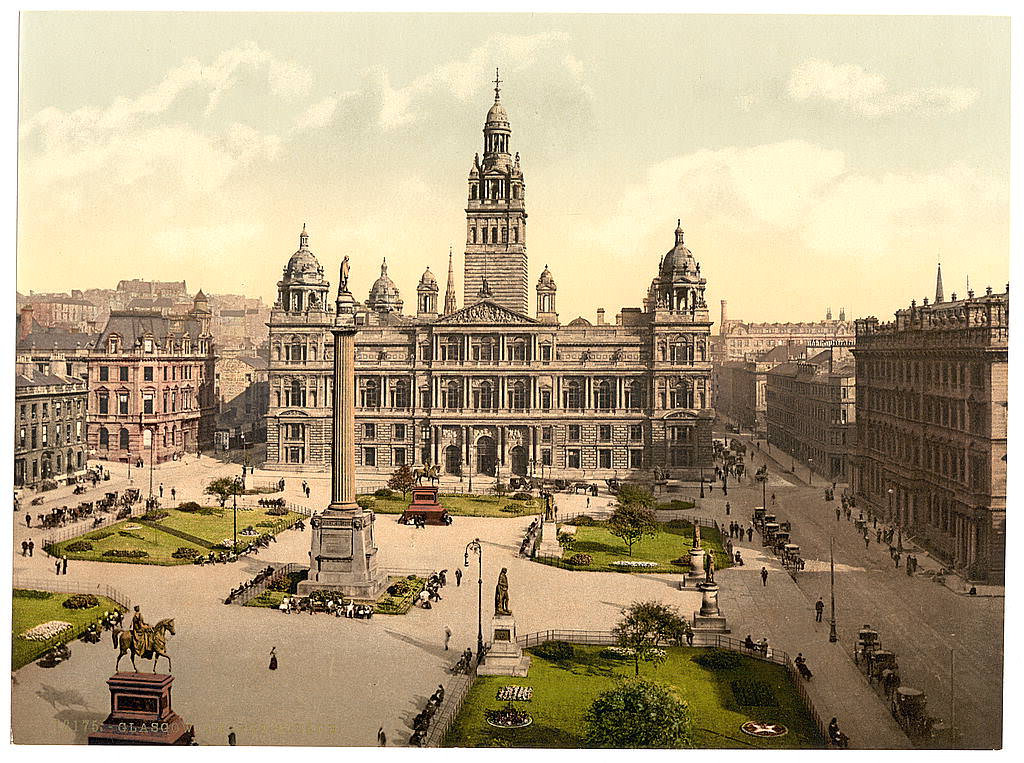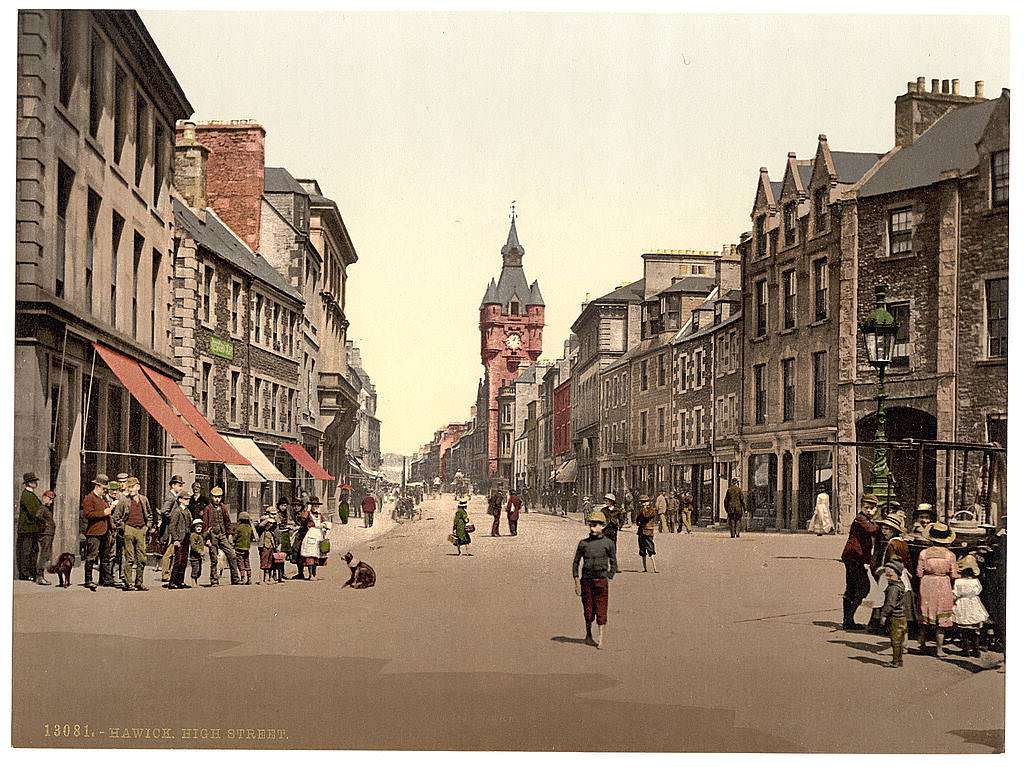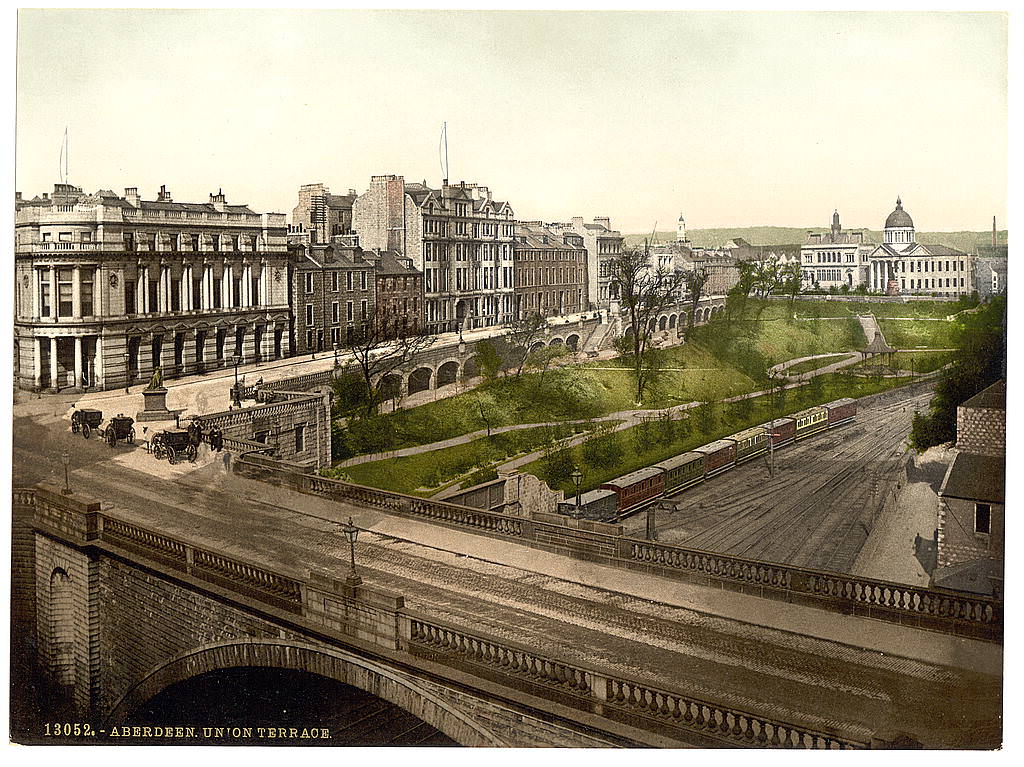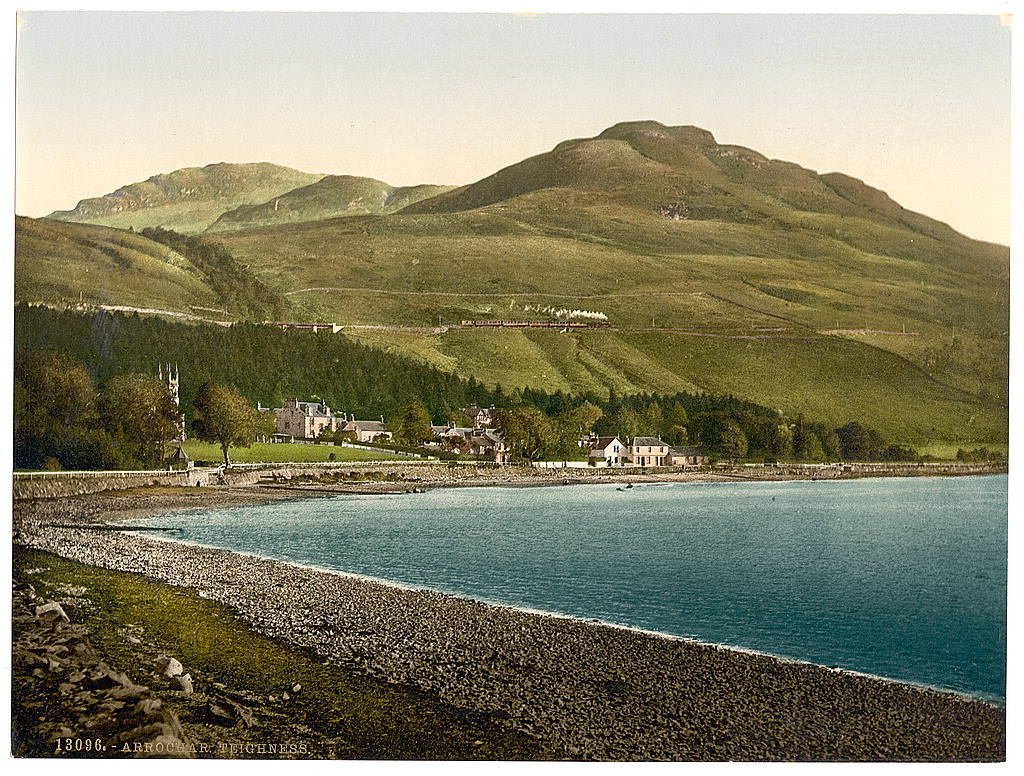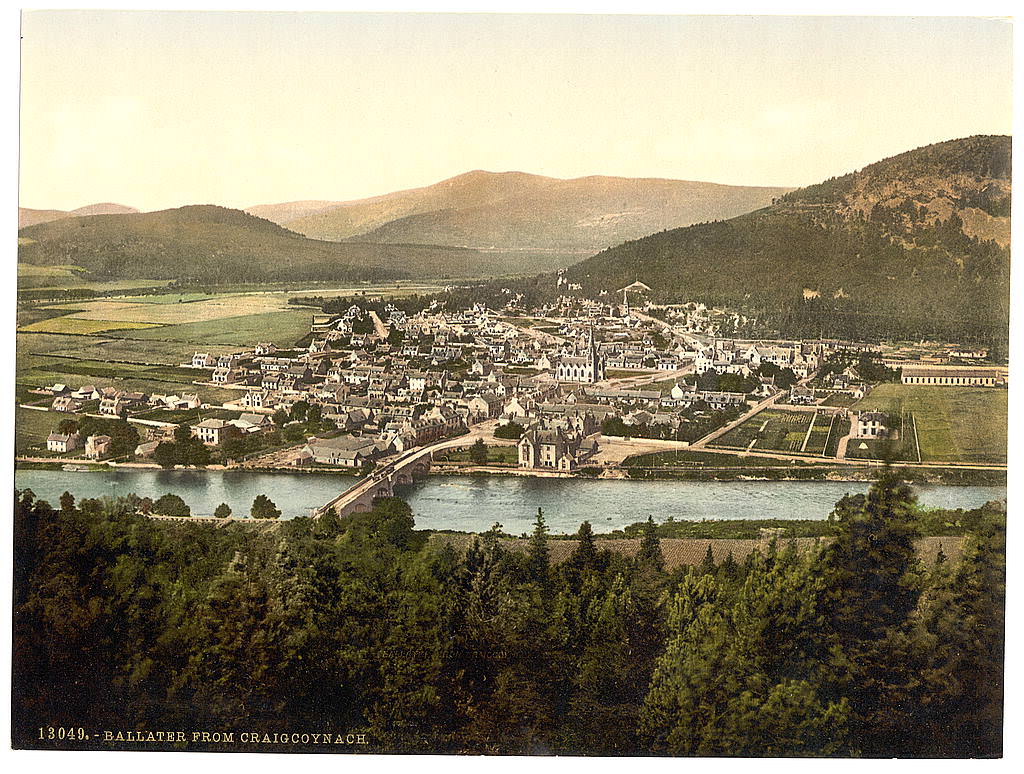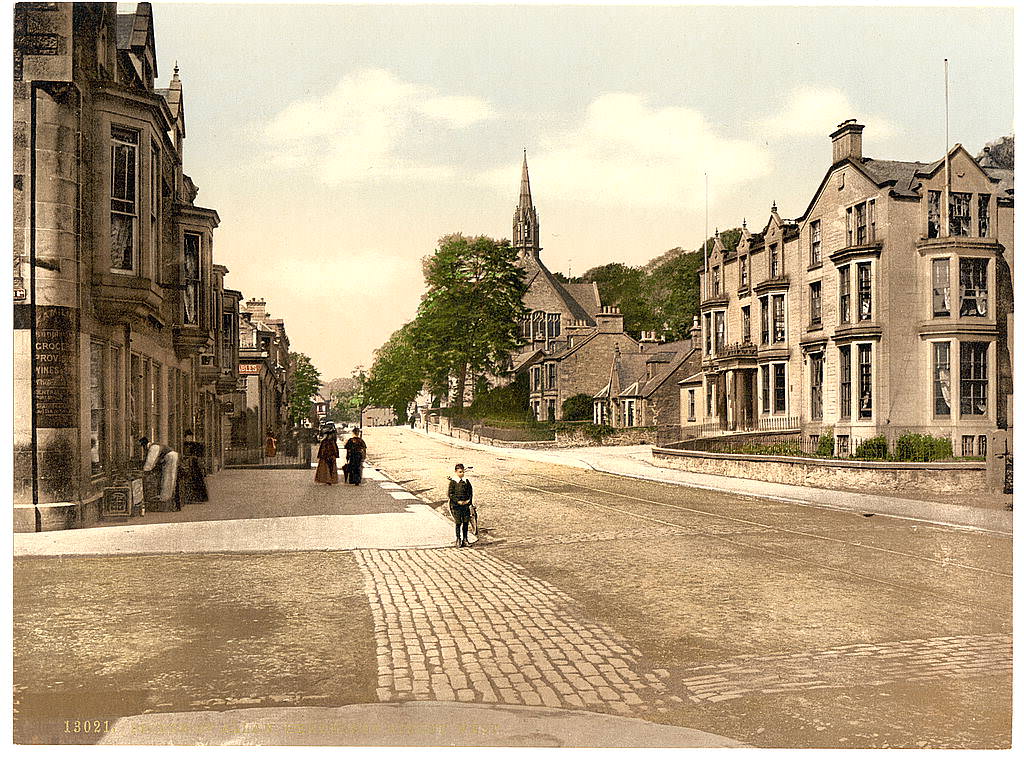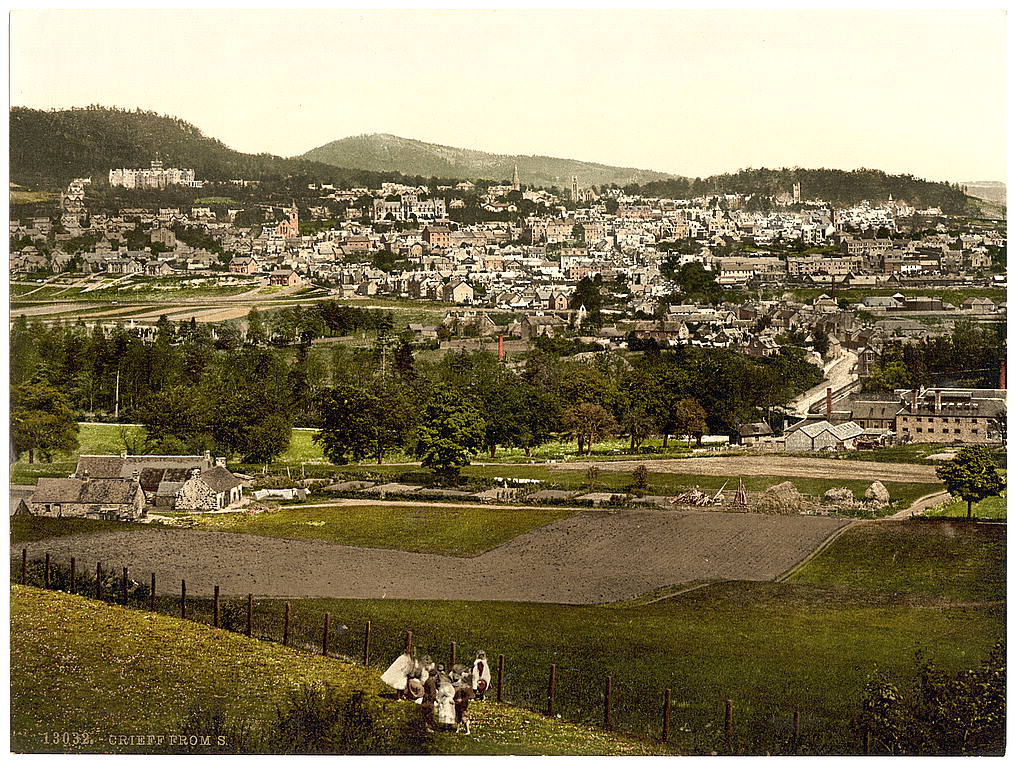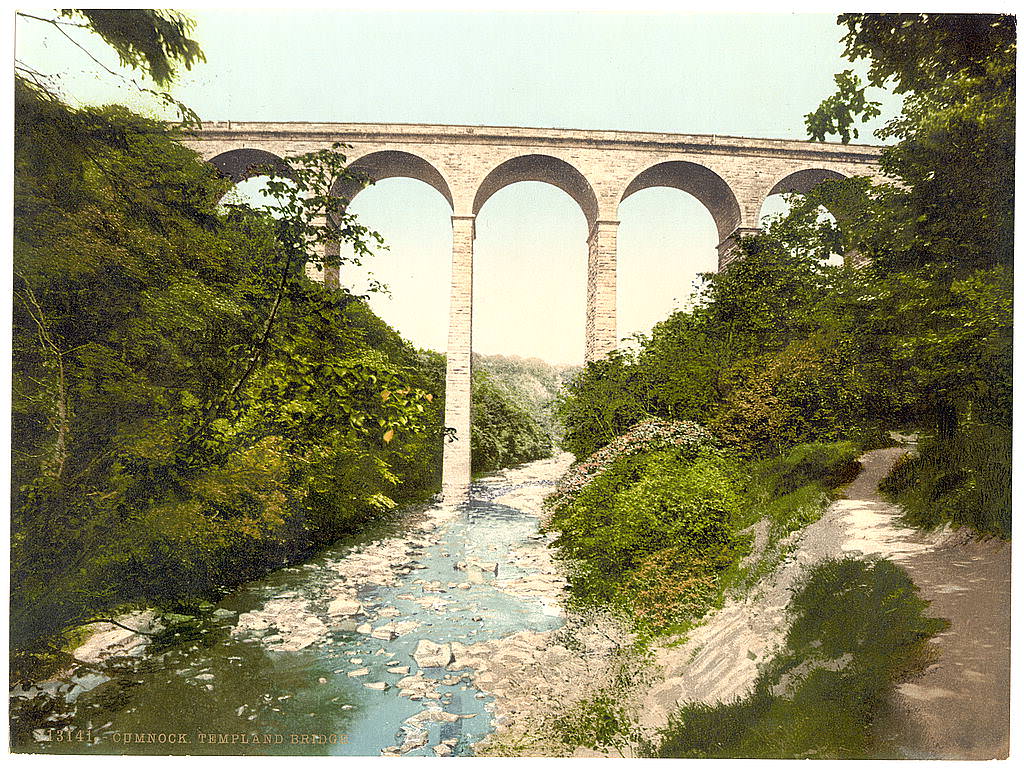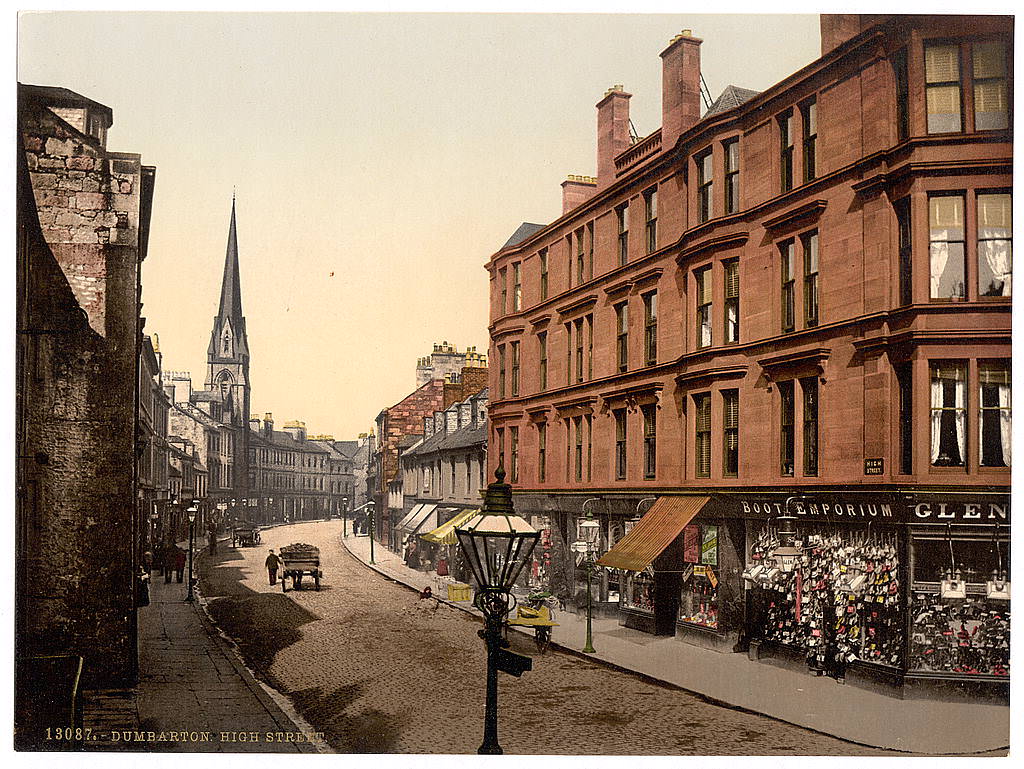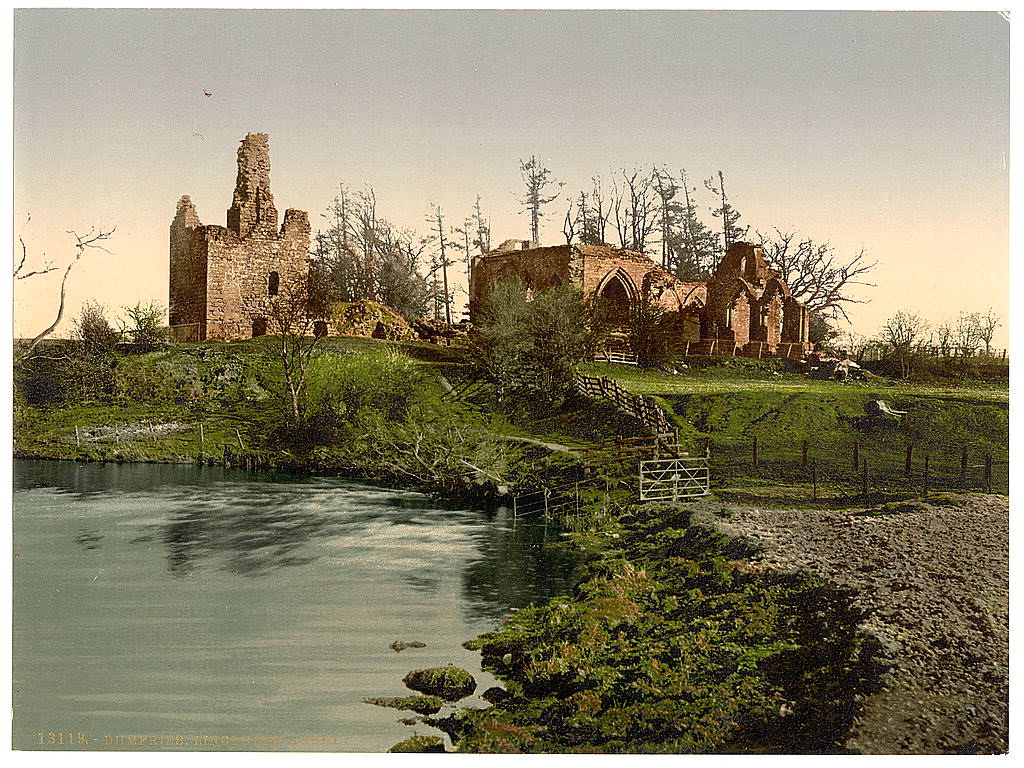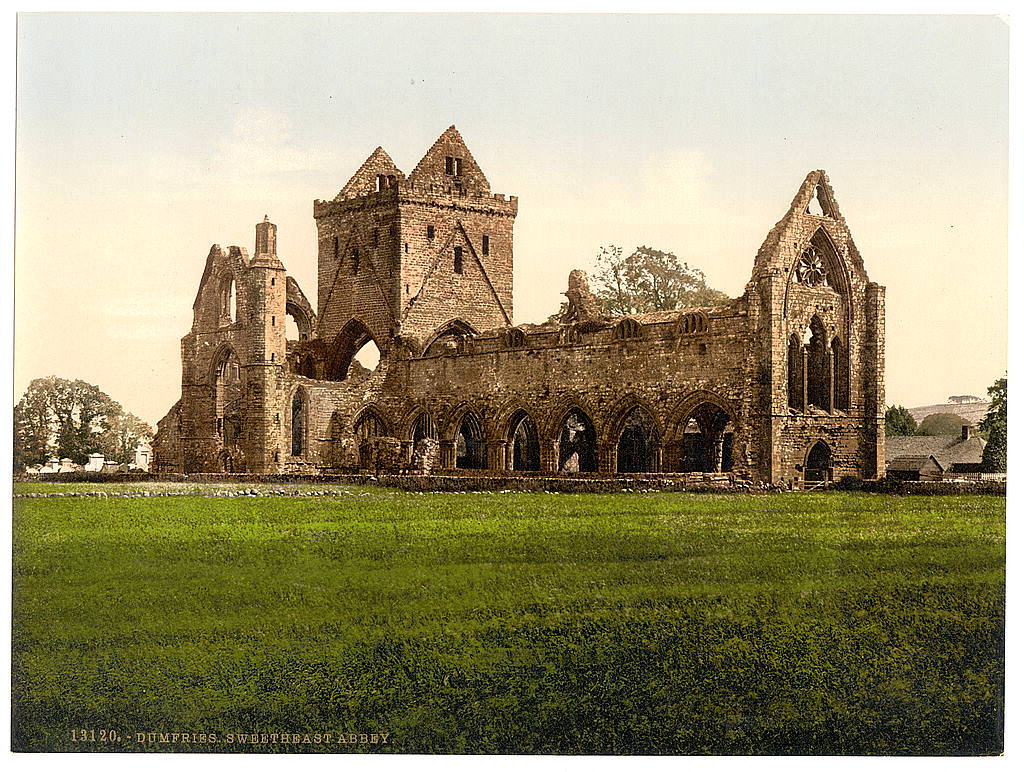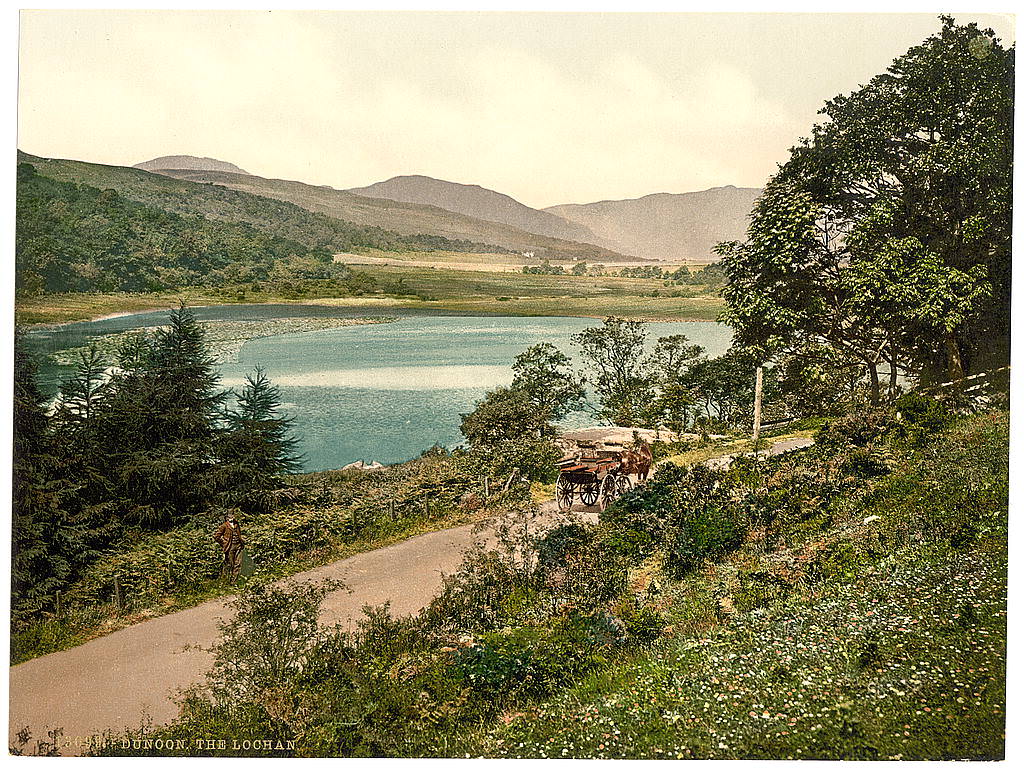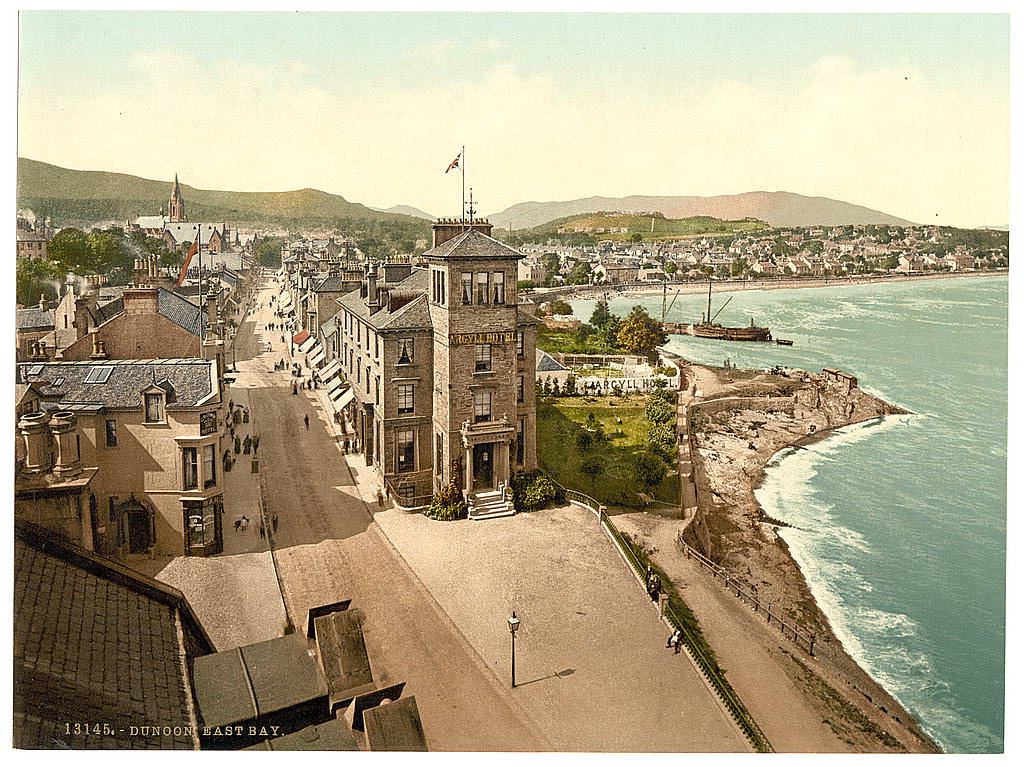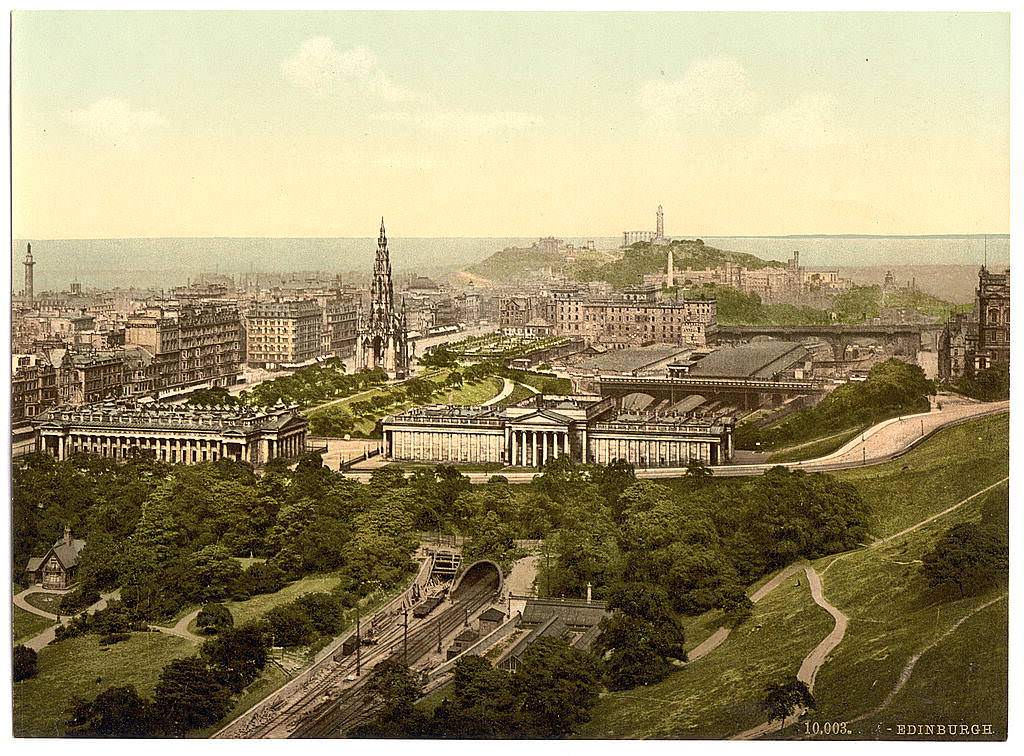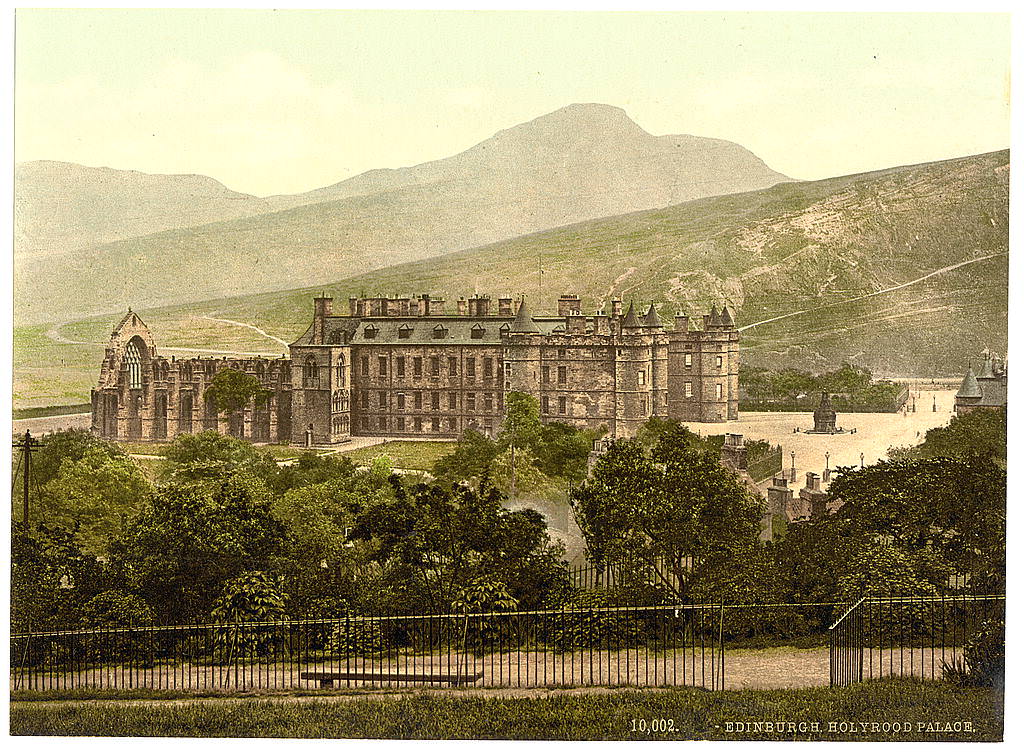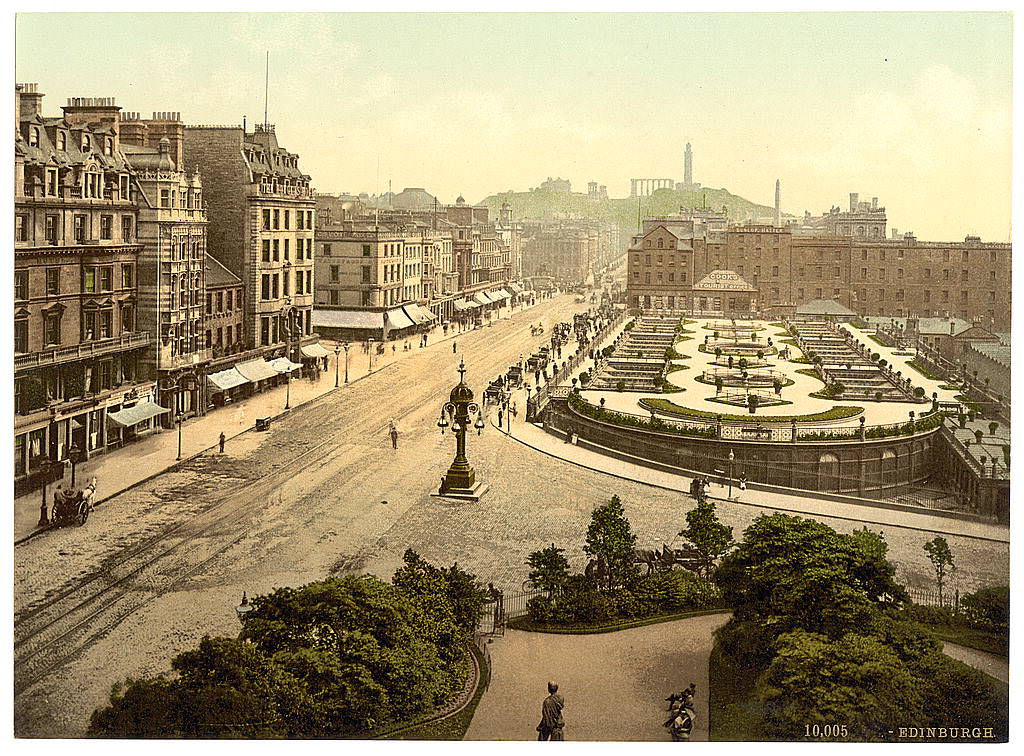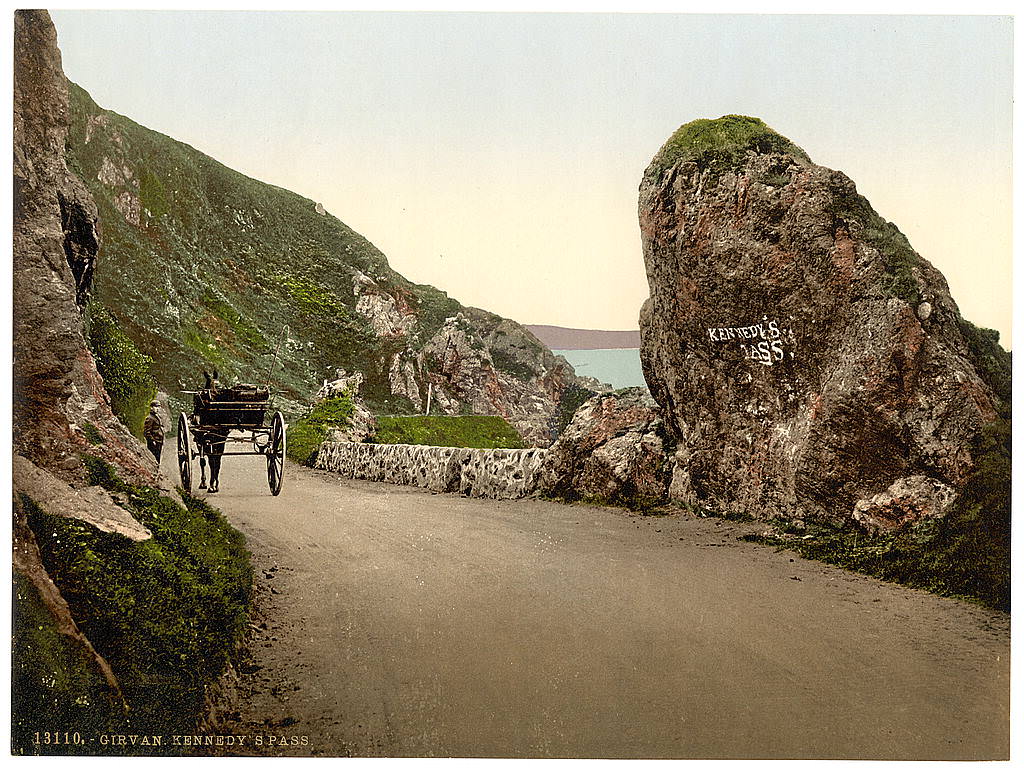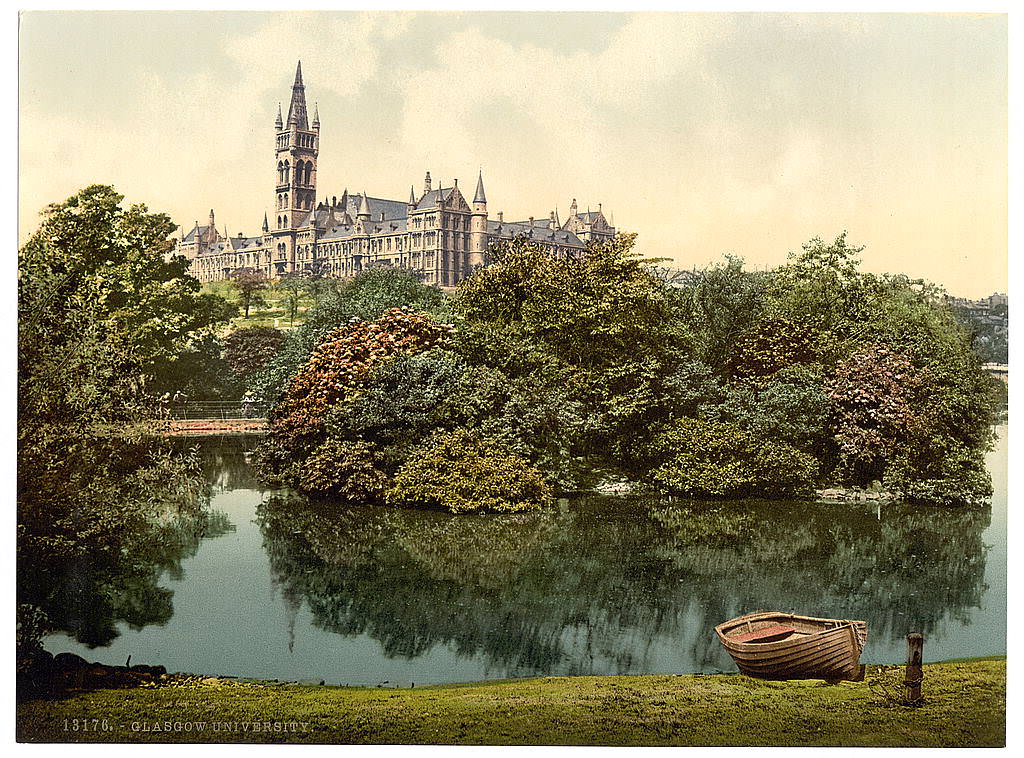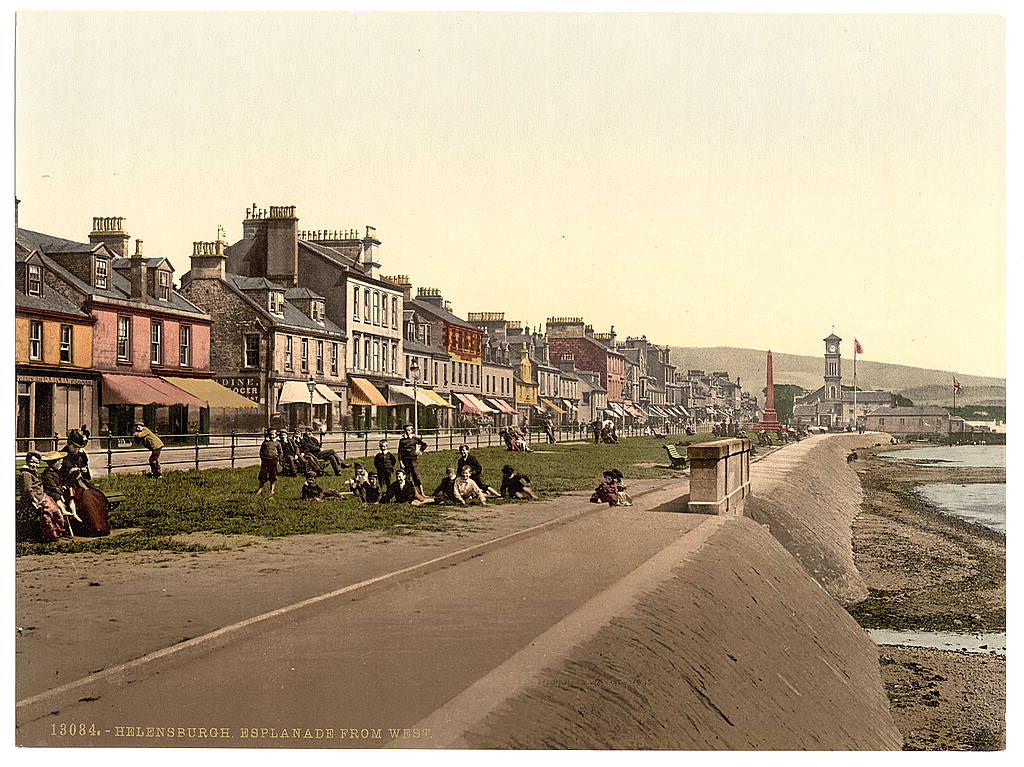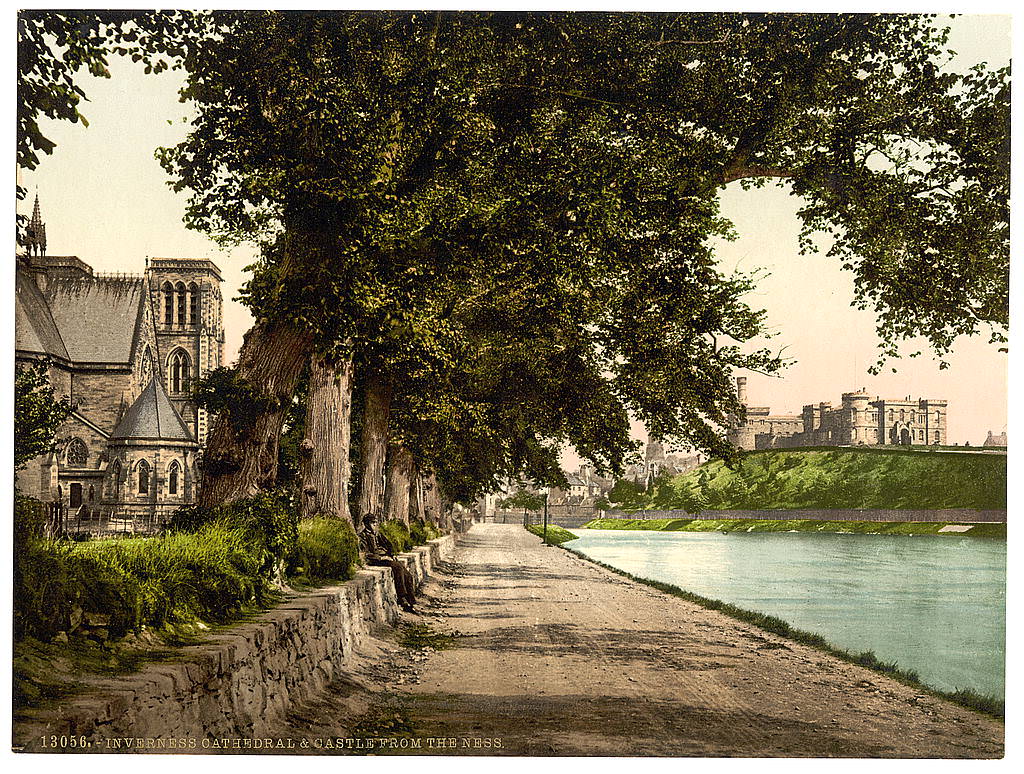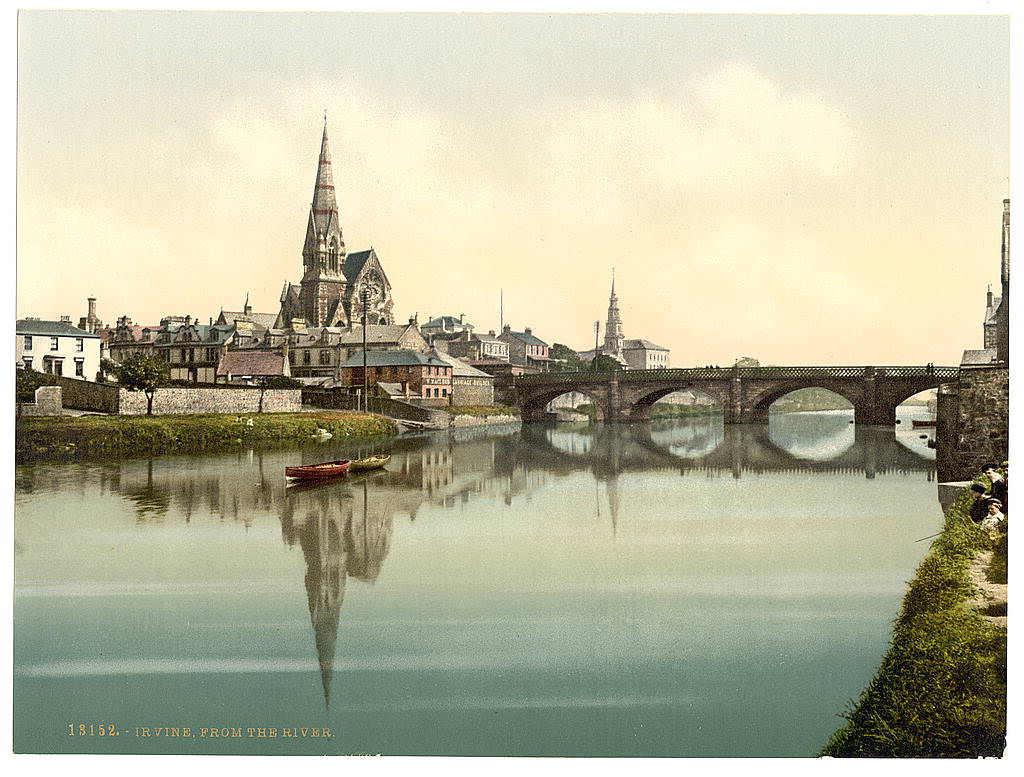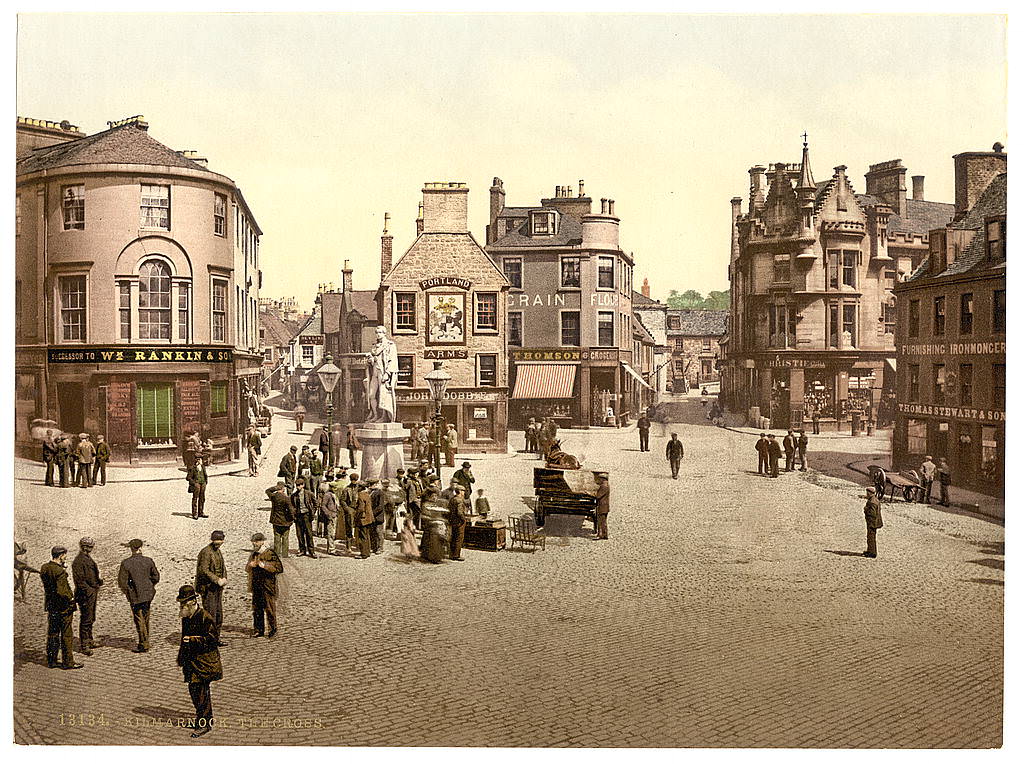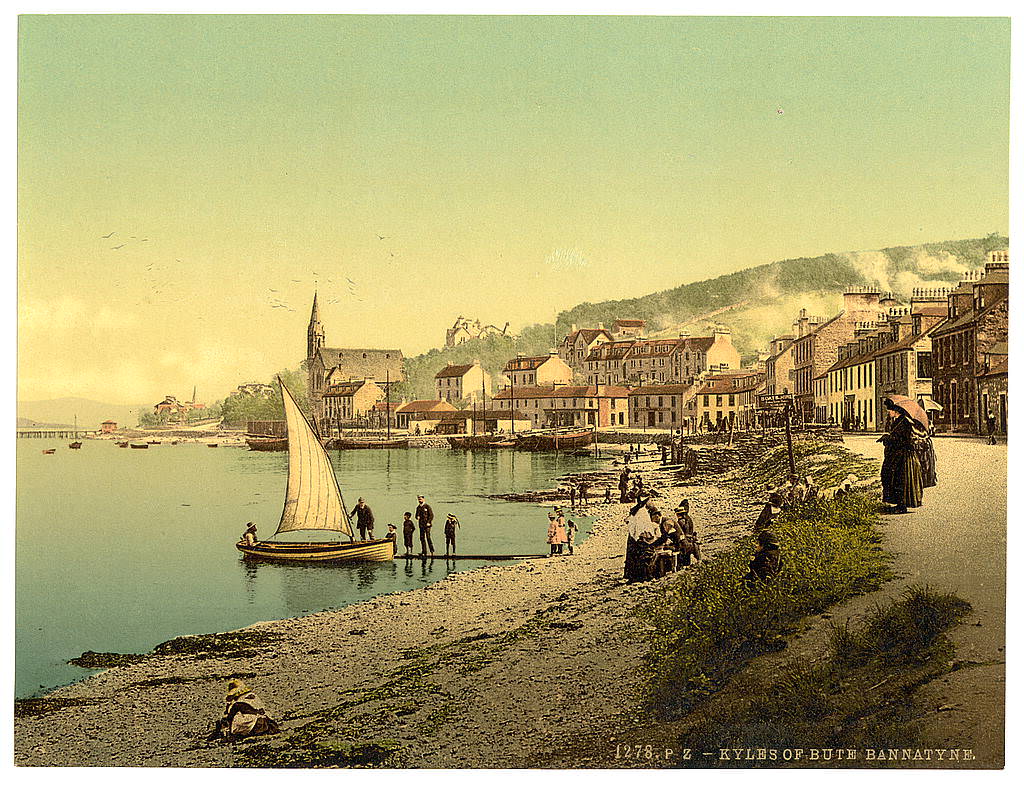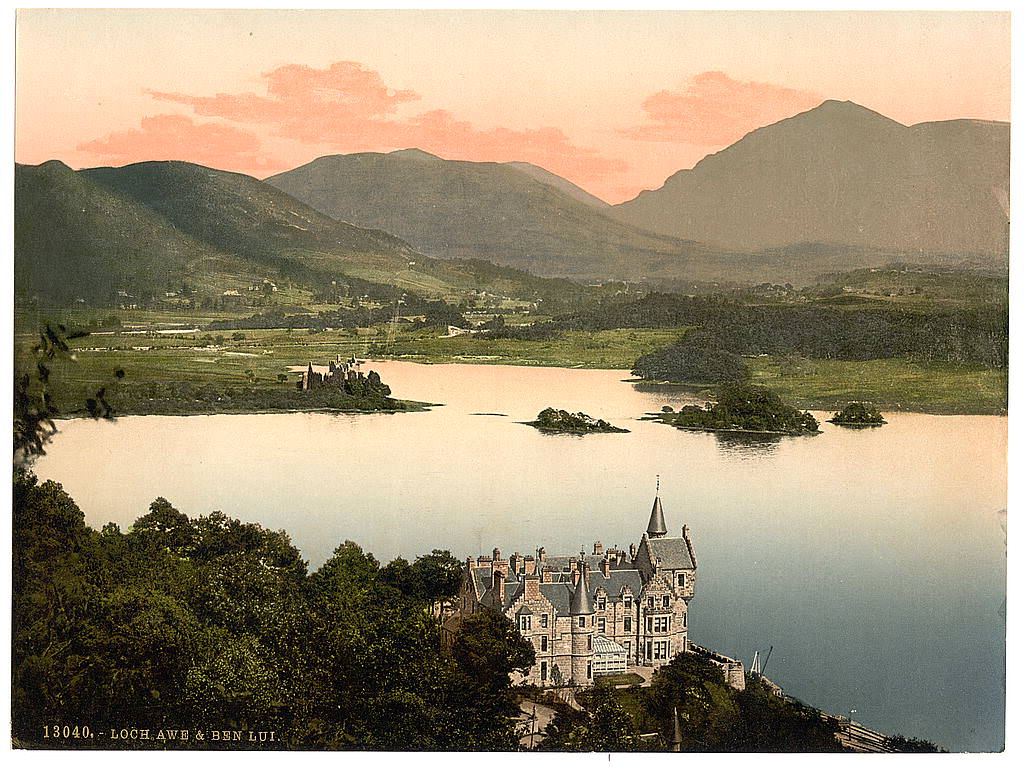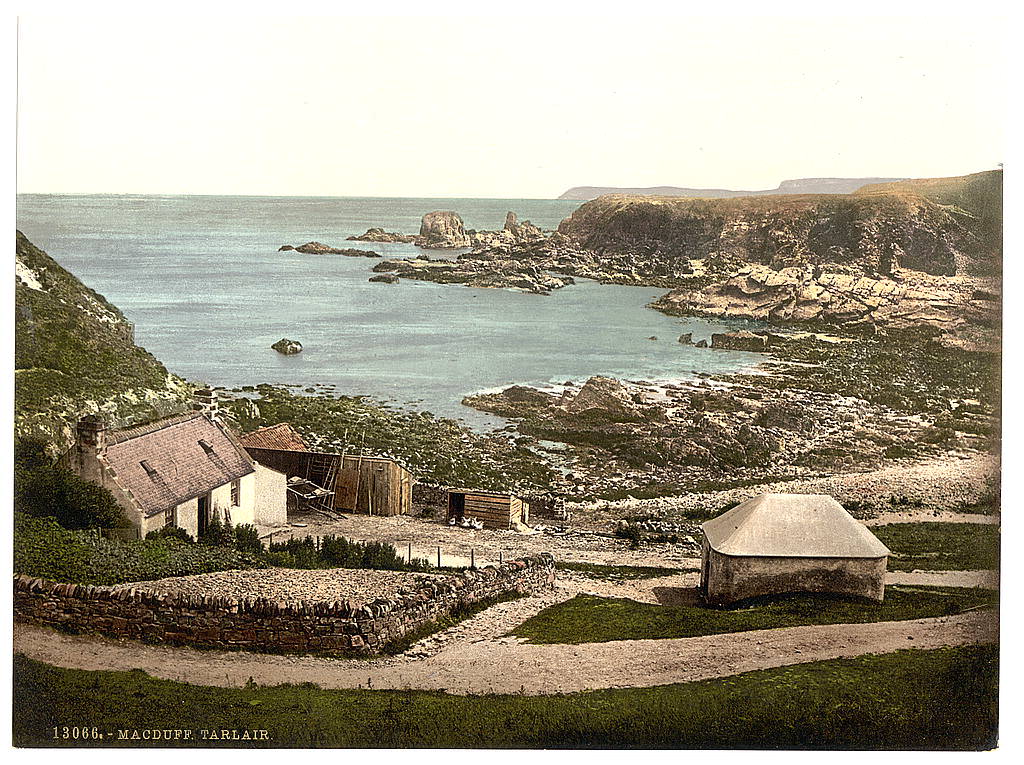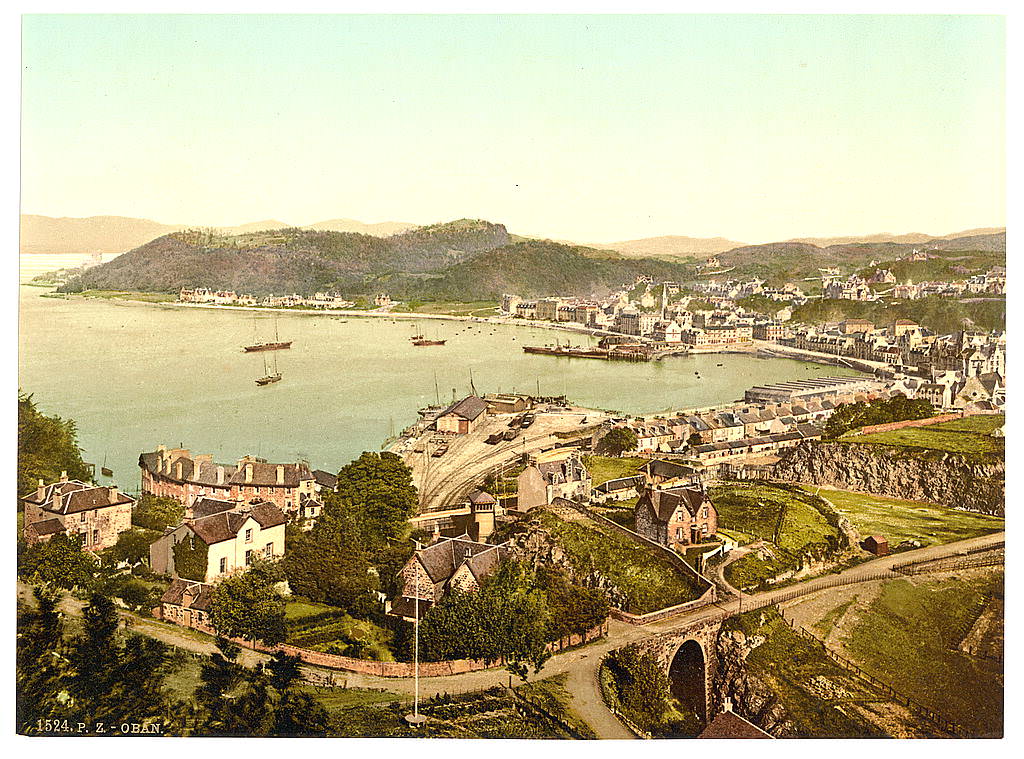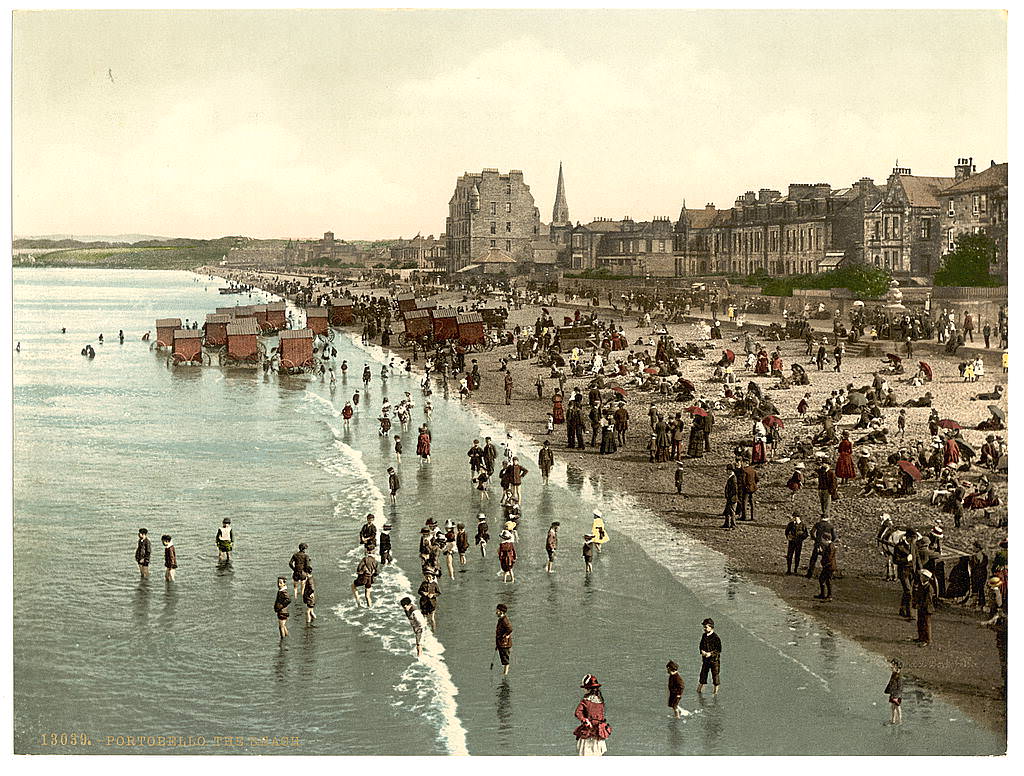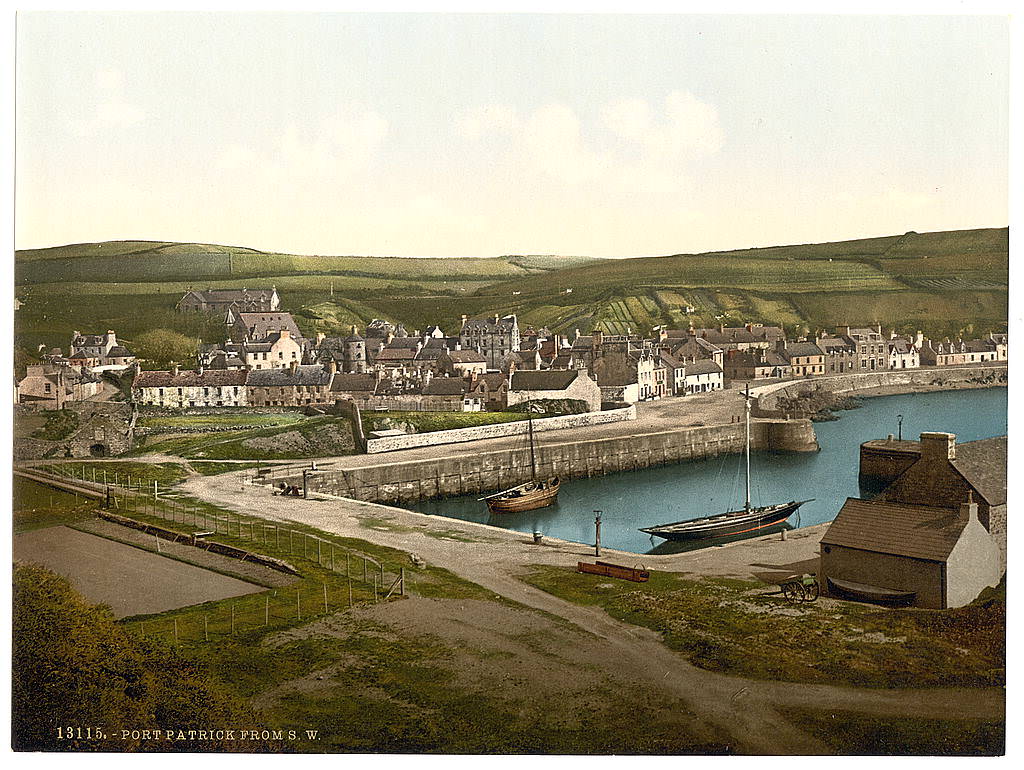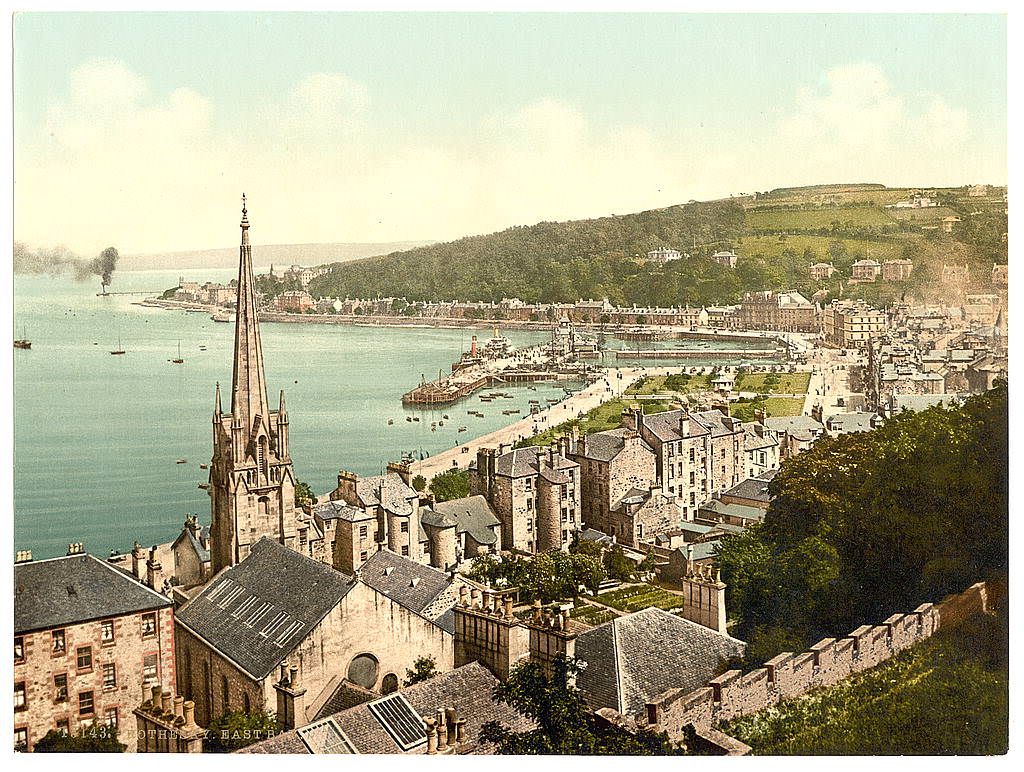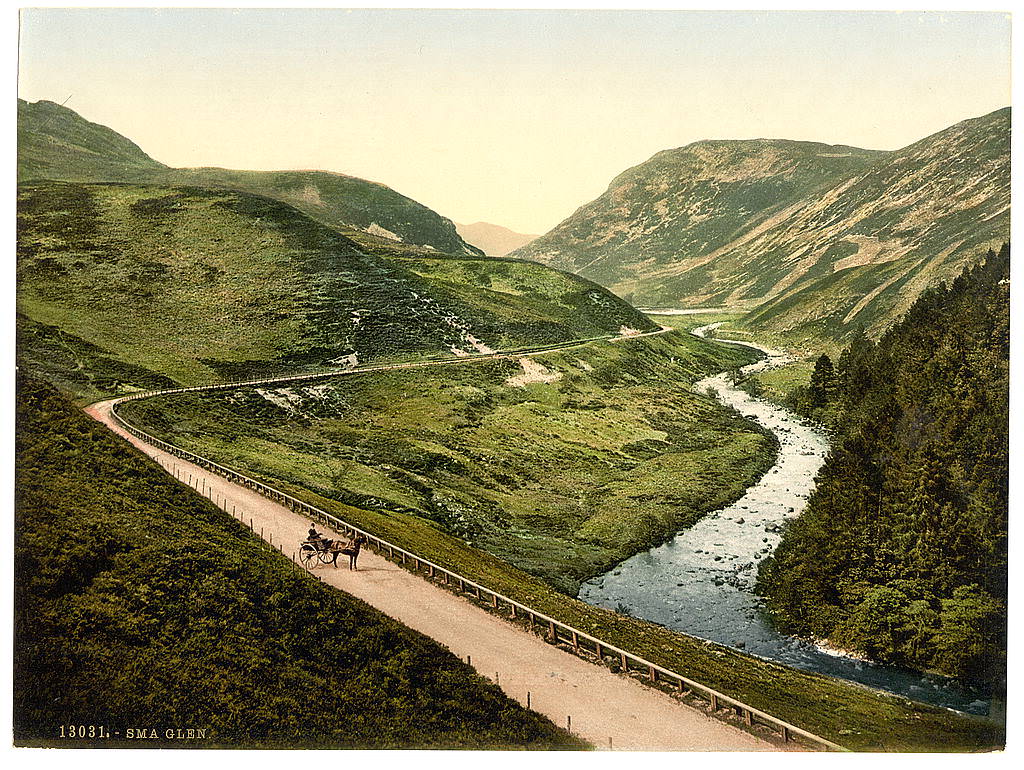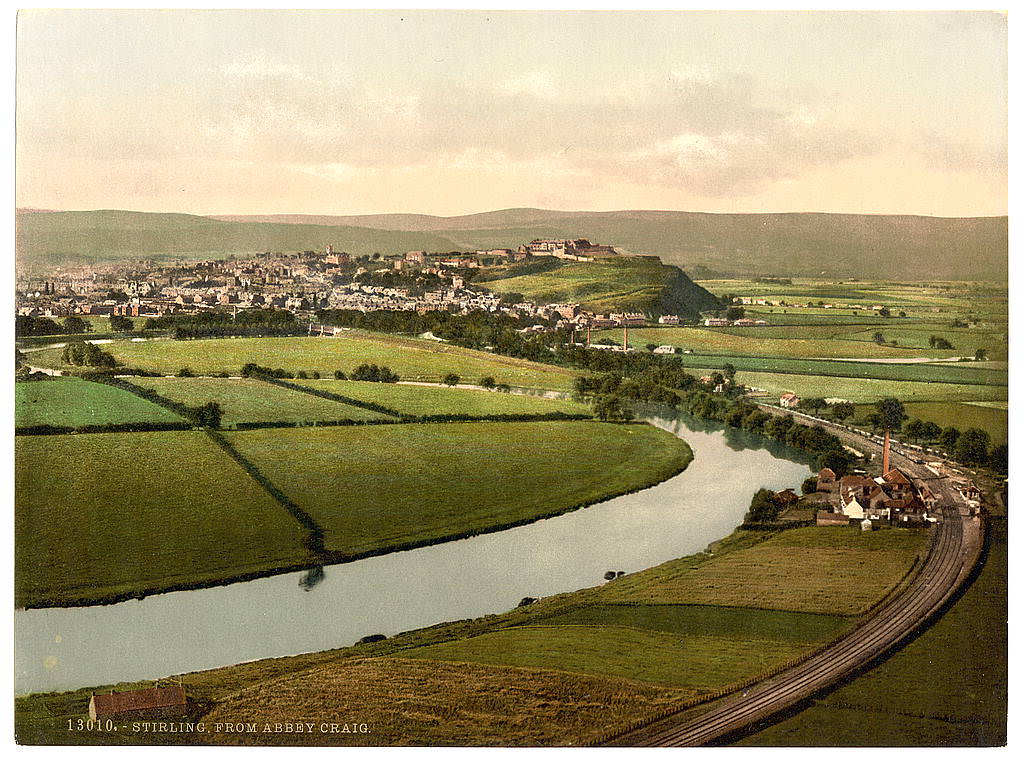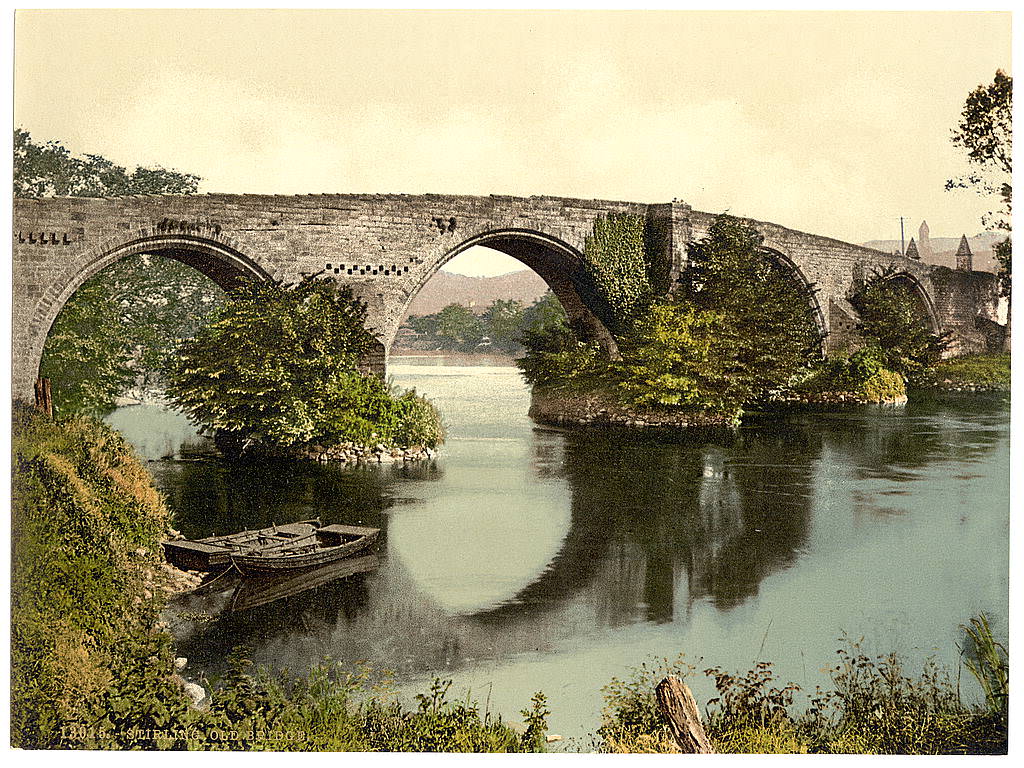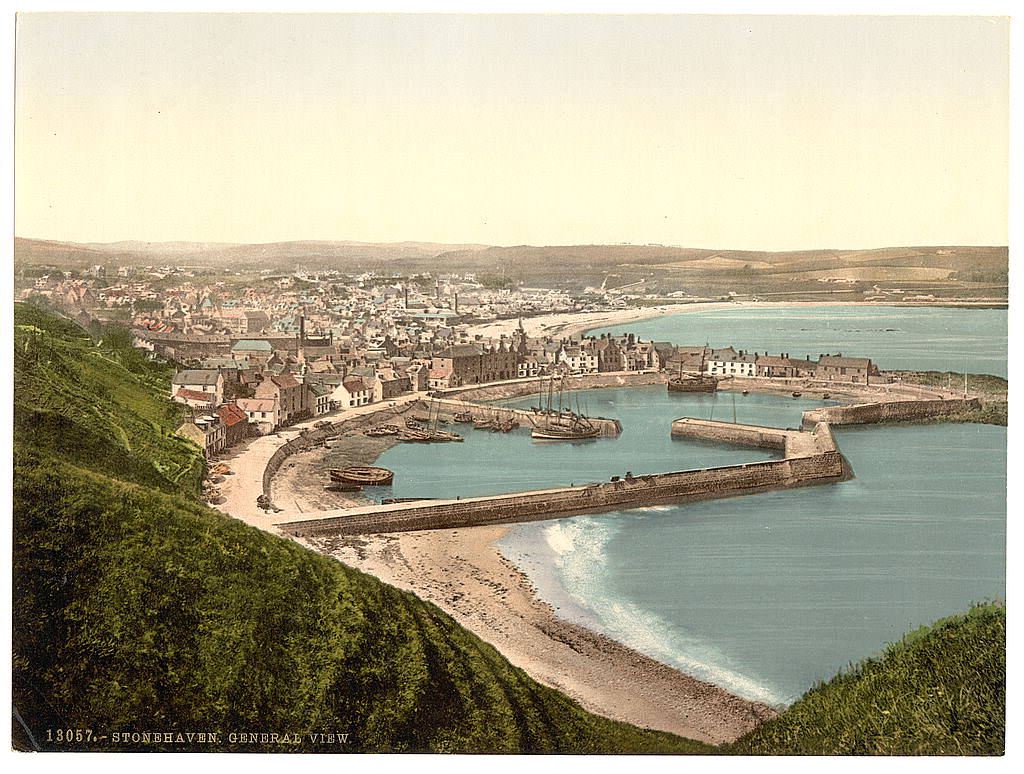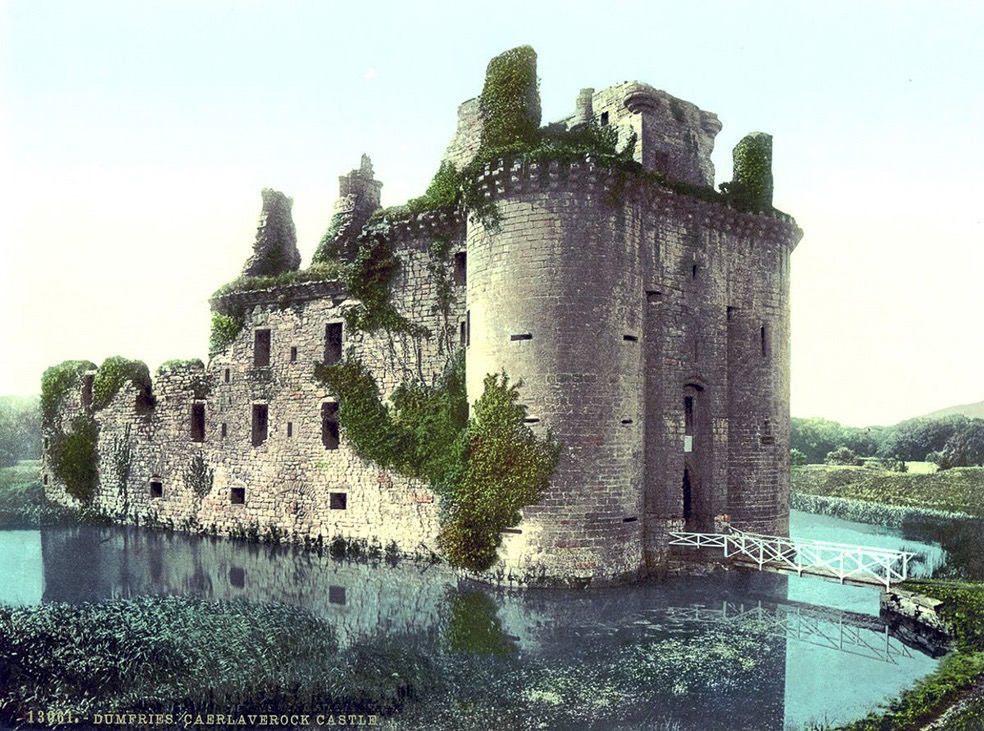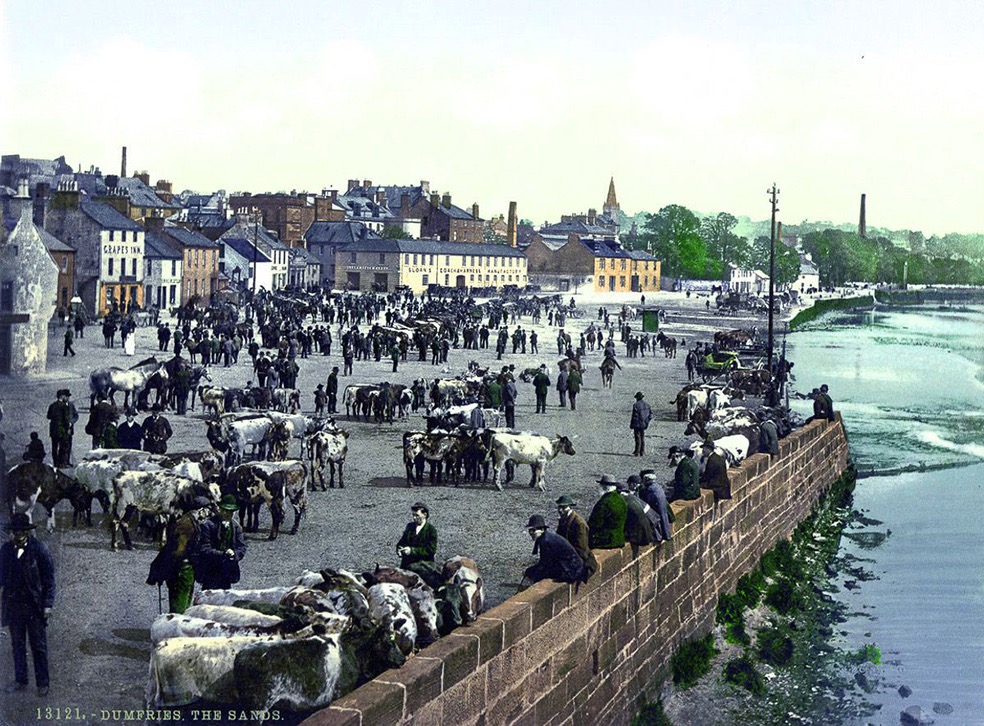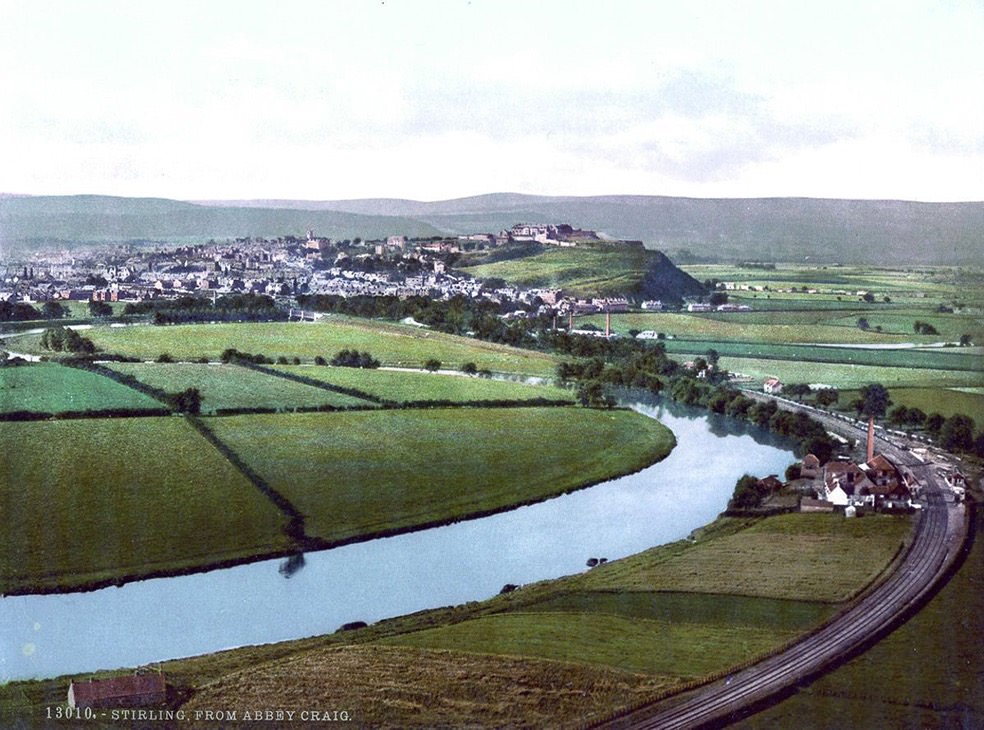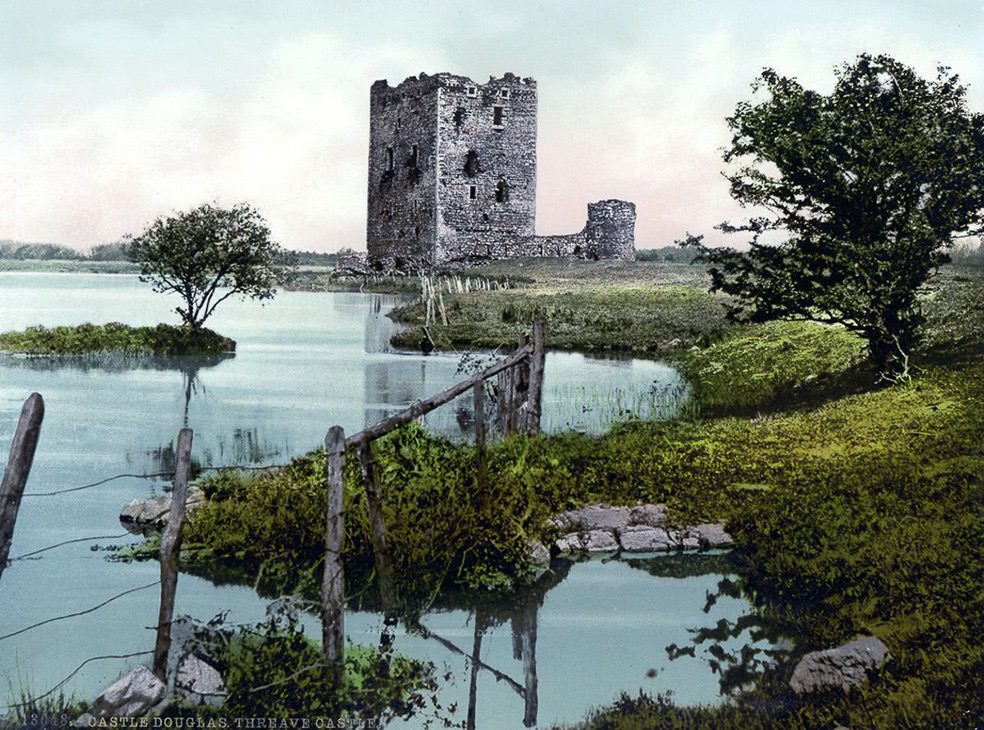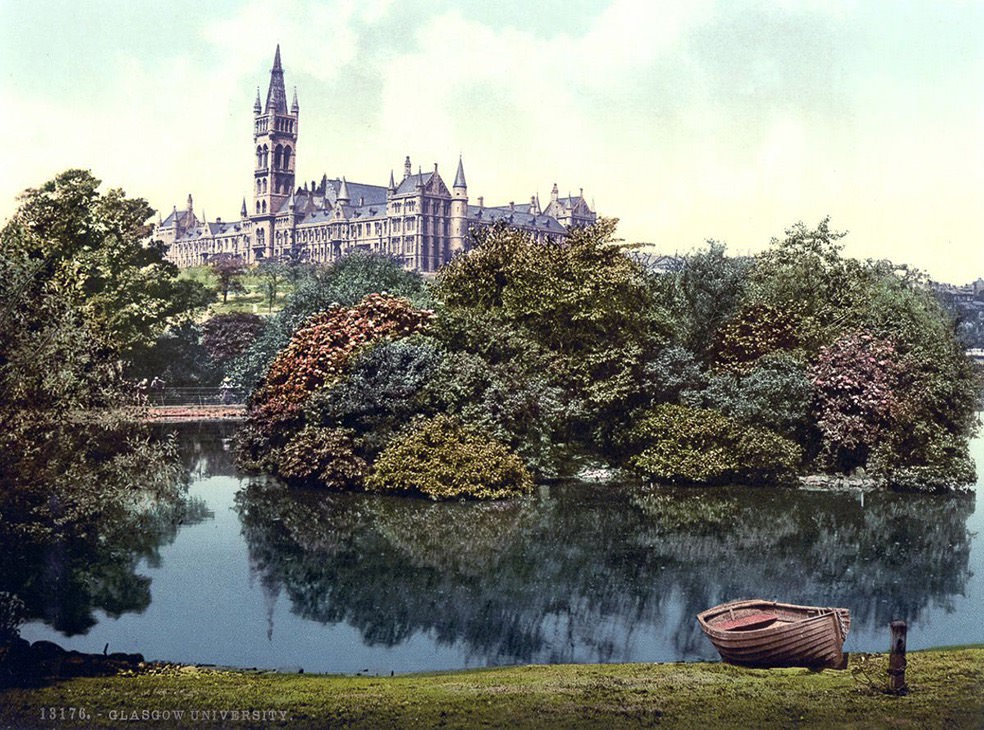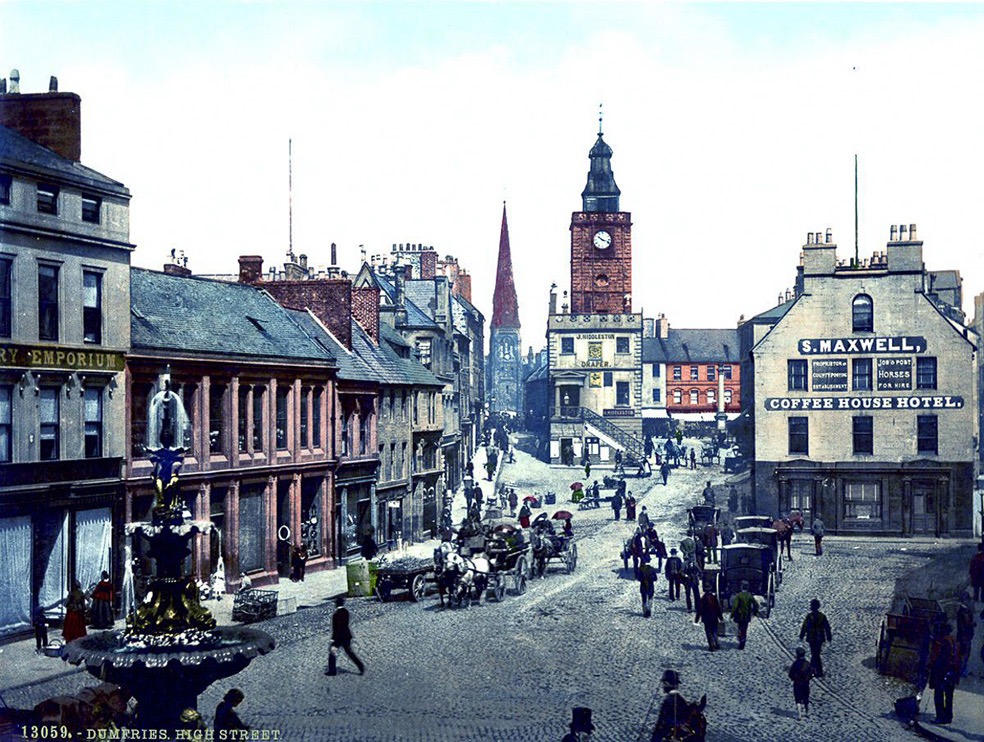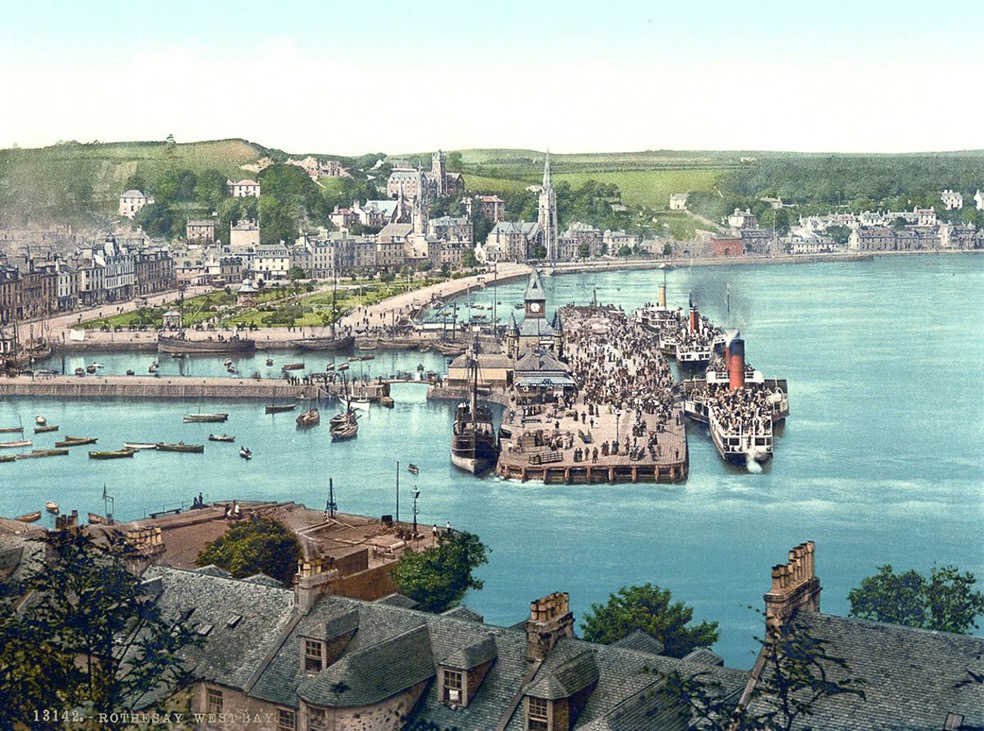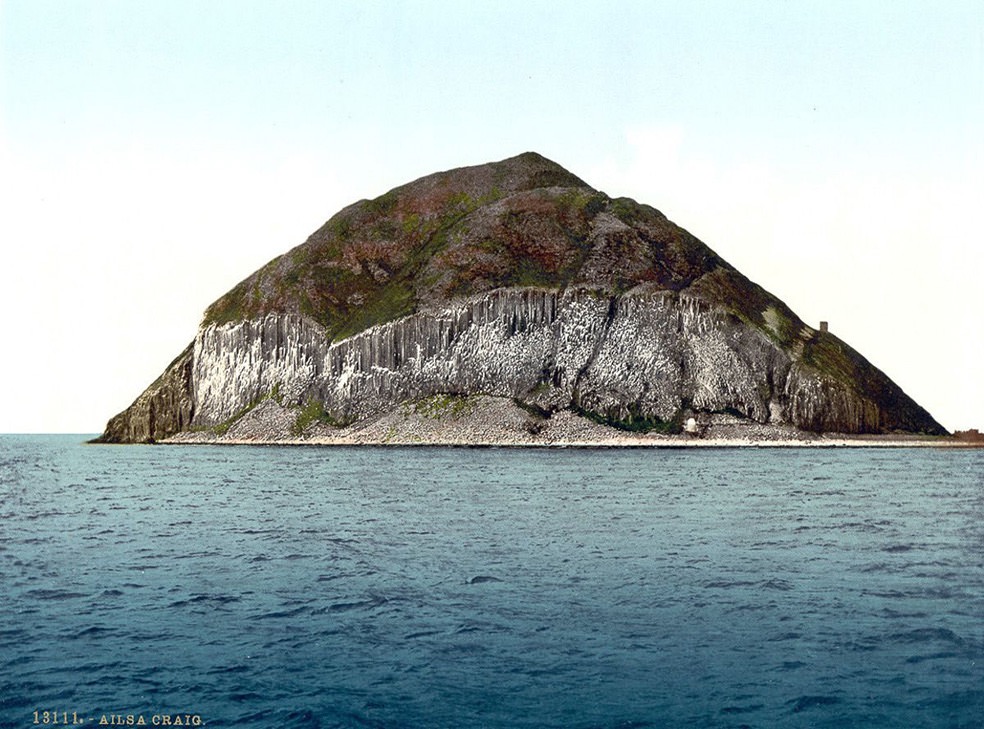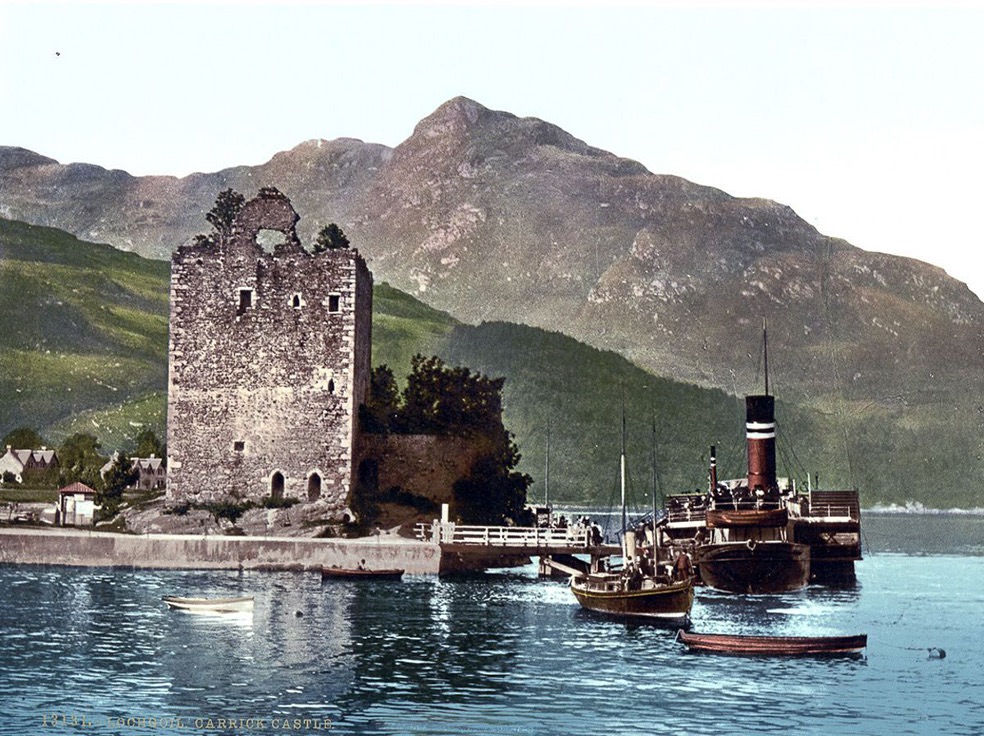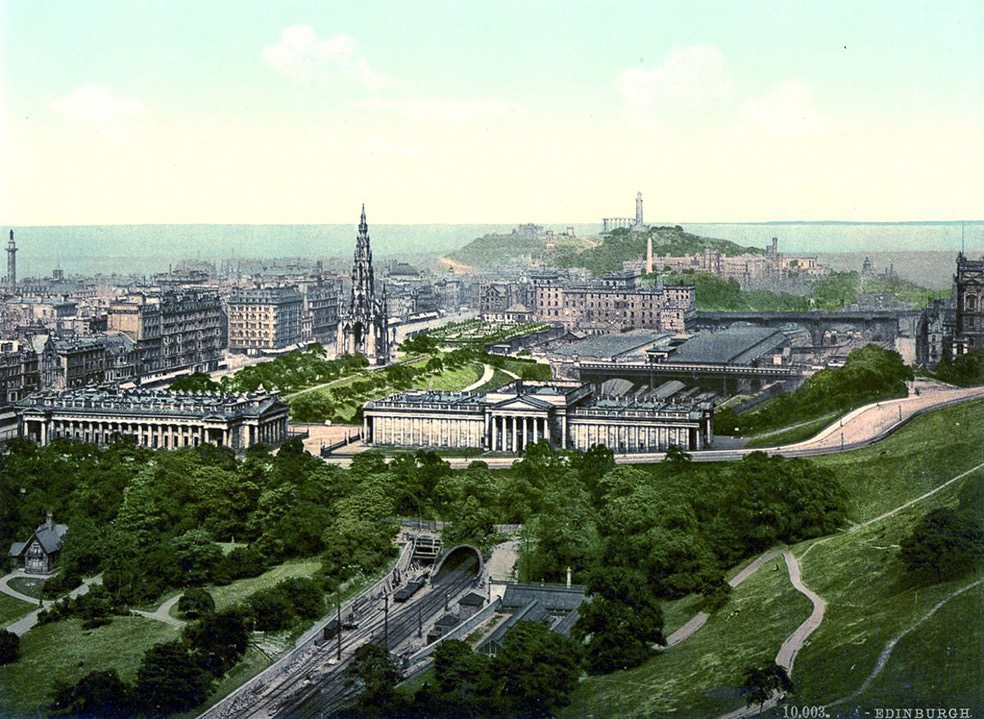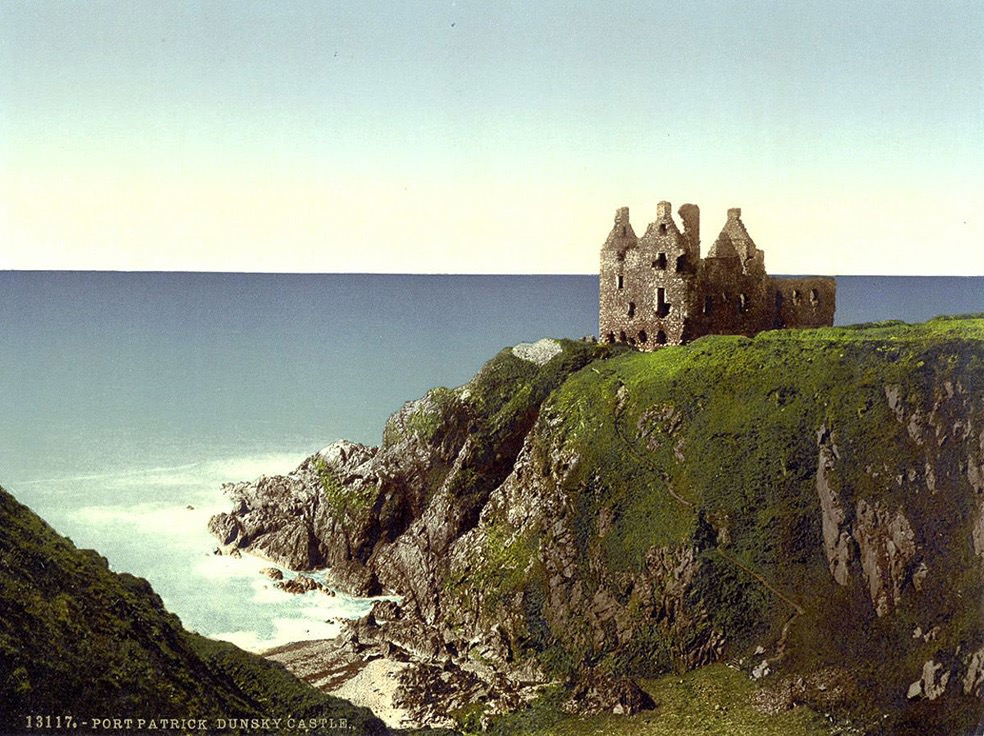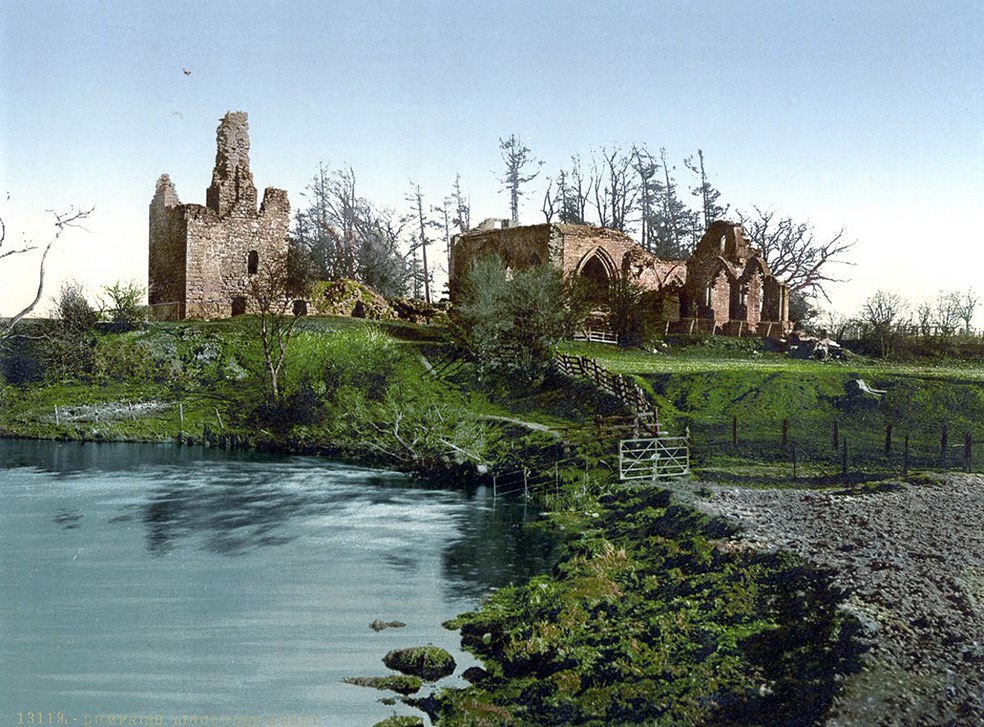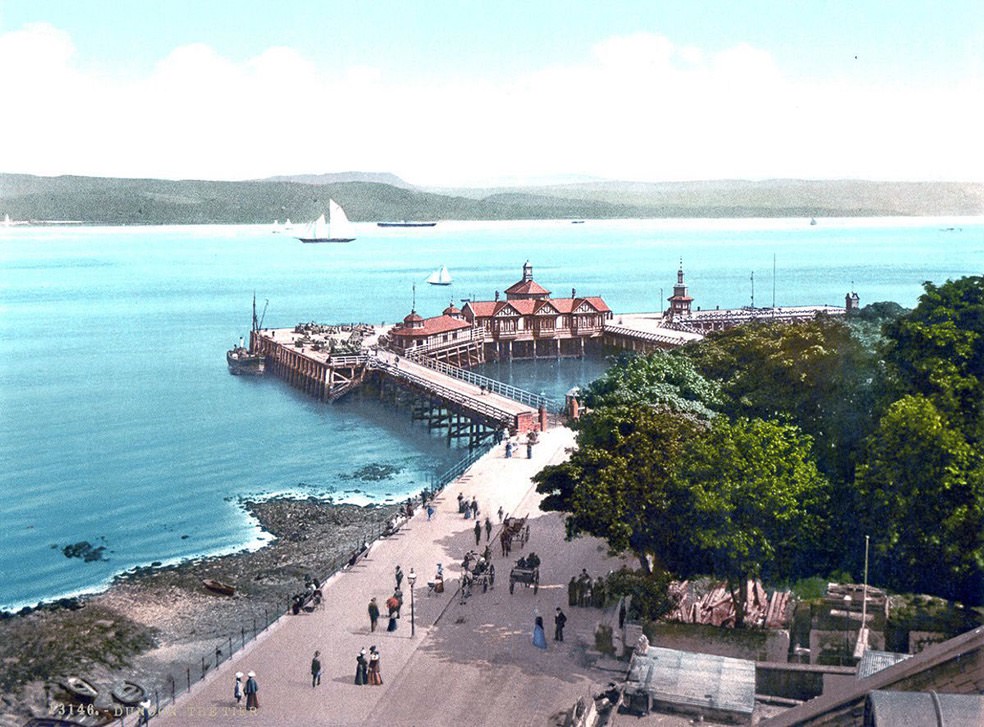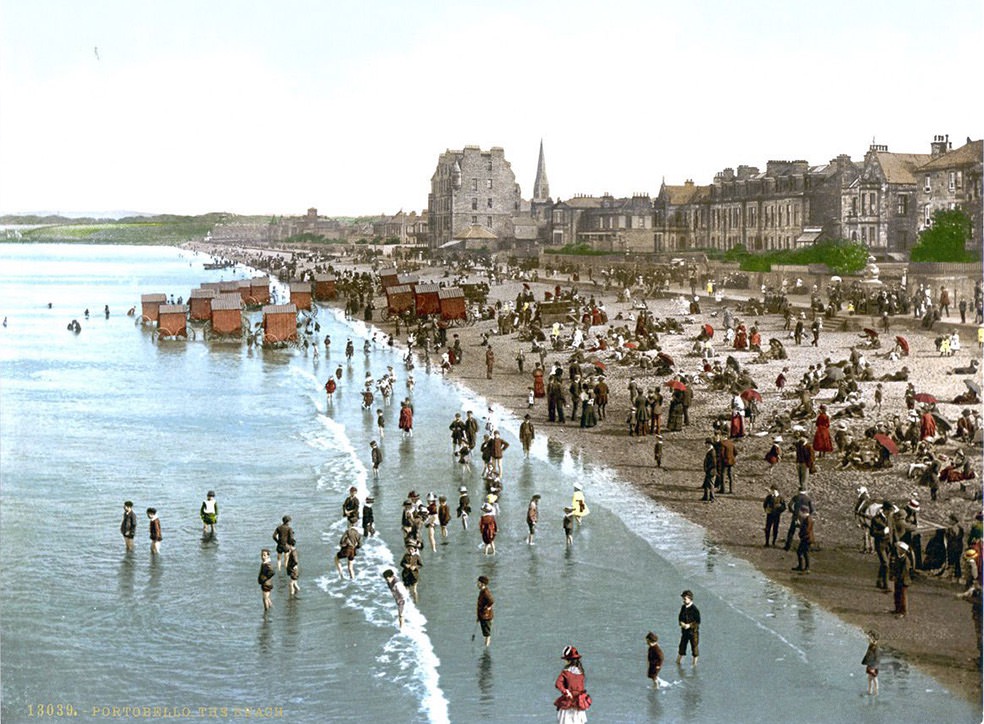The 1890s was a remarkable period for Scotland, marked by industrial progress, cultural blossoming, and the emergence of significant intellectual and artistic movements. As the country navigated the challenges and opportunities brought by the Industrial Revolution, the people of Scotland demonstrated their resilience and ingenuity. This post will delve into the various aspects of Scottish Life in the 1890s, focusing on the critical developments in the industry, the flourishing of art and architecture, and the impact of these changes on people’s daily lives.
Industry and the Scottish Economy
The 1890s was a time of significant industrial growth for Scotland. As a vital part of the British Empire, the country benefited from extensive trade and investment opportunities. Shipbuilding emerged as a leading industry, with the River Clyde becoming a hub for constructing both naval and commercial vessels. The world-renowned shipyards of Glasgow produced ships that were in demand across the globe, and the city became synonymous with the phrase “Clydebuilt,” symbolizing quality and innovation.
Coal mining and the production of iron and steel also played a significant role in the Scottish economy during this period. The Central Belt, stretching from the Firth of Clyde to the Firth of Forth, was home to numerous coal mines and ironworks. The development of the steel industry in the late 19th century further bolstered Scotland’s position as an industrial powerhouse.
The Flourishing of Art and Architecture
The 1890s was a golden age for art and architecture in Scotland, with the emergence of the Glasgow School, a group of artists and architects who came to define the distinctive Scottish take on the Art Nouveau movement. Charles Rennie Mackintosh, the most famous member of the Glasgow School, designed iconic buildings such as the Glasgow School of Art, the Willow Tea Rooms, and the Hill House. His innovative designs, characterized by organic forms, intricate ornamentation, and a focus on functionality, left a lasting impact on Scottish architecture.
The Glasgow School also produced renowned artists such as the “Glasgow Girls” and the “Glasgow Boys,” who gained international recognition for their innovative approaches to painting. Their works often focused on naturalistic themes, social issues, and the depiction of everyday Life, breaking away from the academic traditions of the time.
Daily Life in the 1890s
The lives of the Scottish people in the 1890s were shaped by the rapid industrialization and urbanization that the country was experiencing. Many rural inhabitants migrated to the cities in search of work, leading to the growth of urban centers such as Glasgow, Edinburgh, and Dundee. These cities saw the construction of vast areas of tenement housing to accommodate the growing population, often in cramped and unsanitary conditions.
The working class faced long hours and dangerous working environments in factories, mines, and shipyards. Trade unions began to gain momentum in their fight for better working conditions, fair wages, and the establishment of workers’ rights.
Despite the challenges of urban Life, the 1890s saw significant improvements in public health, education, and social reform. The introduction of the Education (Scotland) Act of 1872 made education compulsory for children, leading to increased literacy rates and a more informed and engaged populace. Philanthropic efforts by wealthy individuals and organizations also played a role in establishing libraries, museums, and galleries that contributed to the cultural enrichment of the nation.
Here are some stunning historical photos of Scotland in the 1890s.


